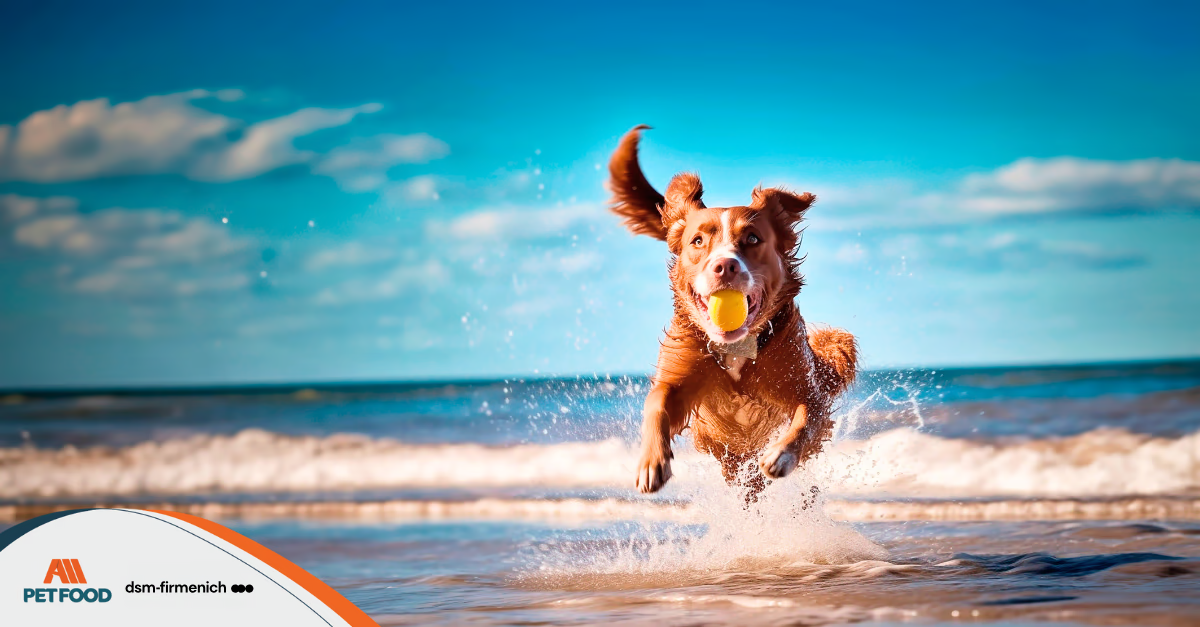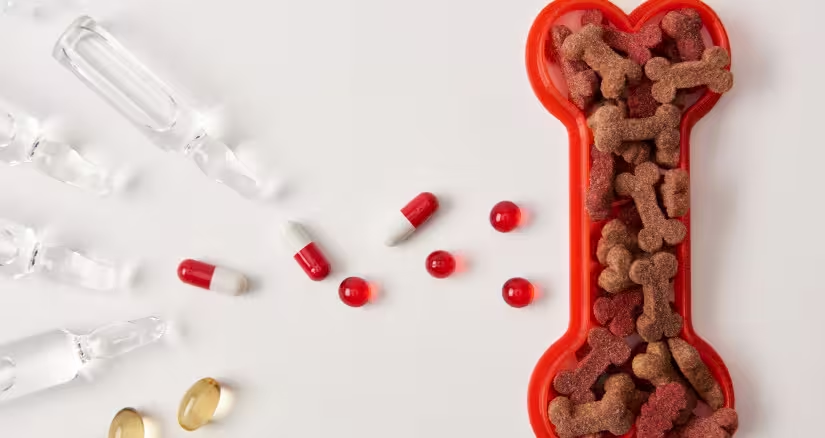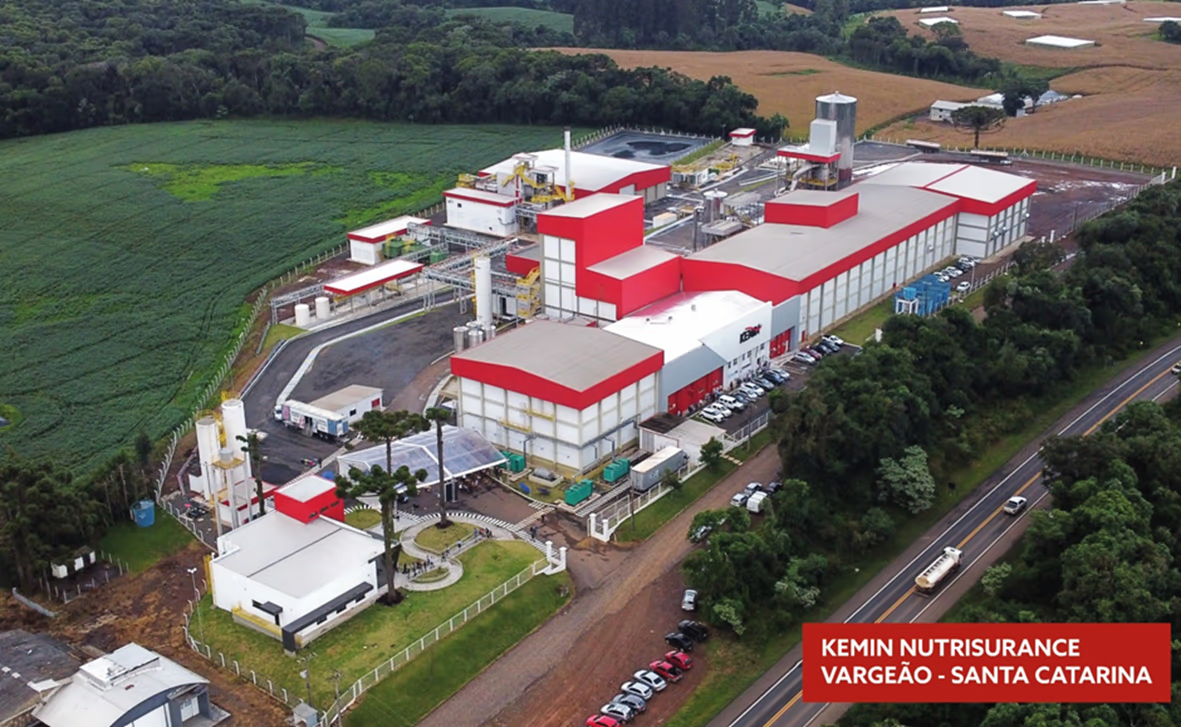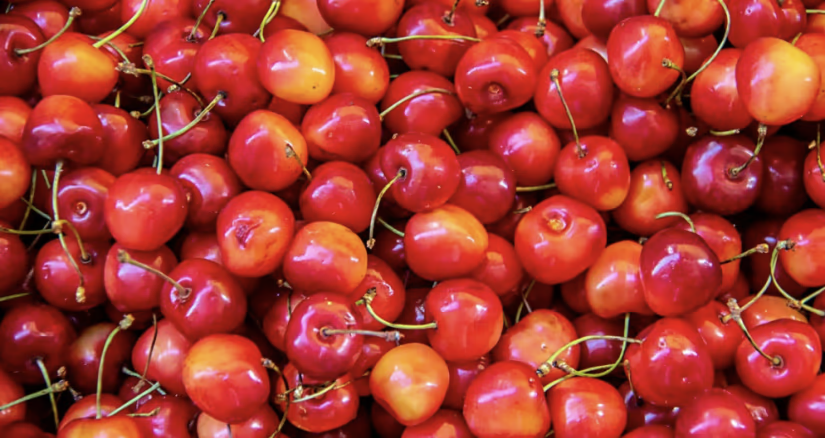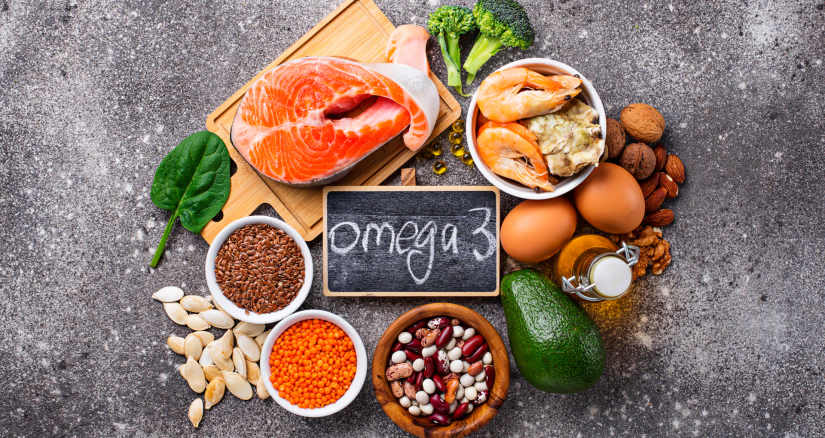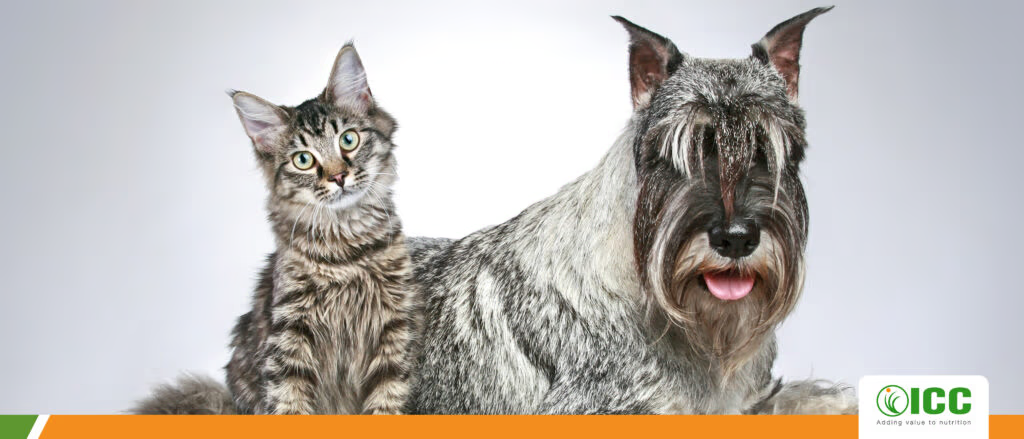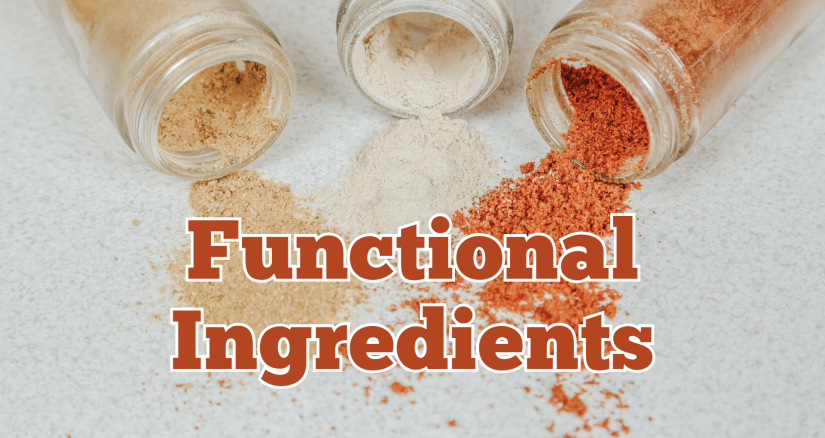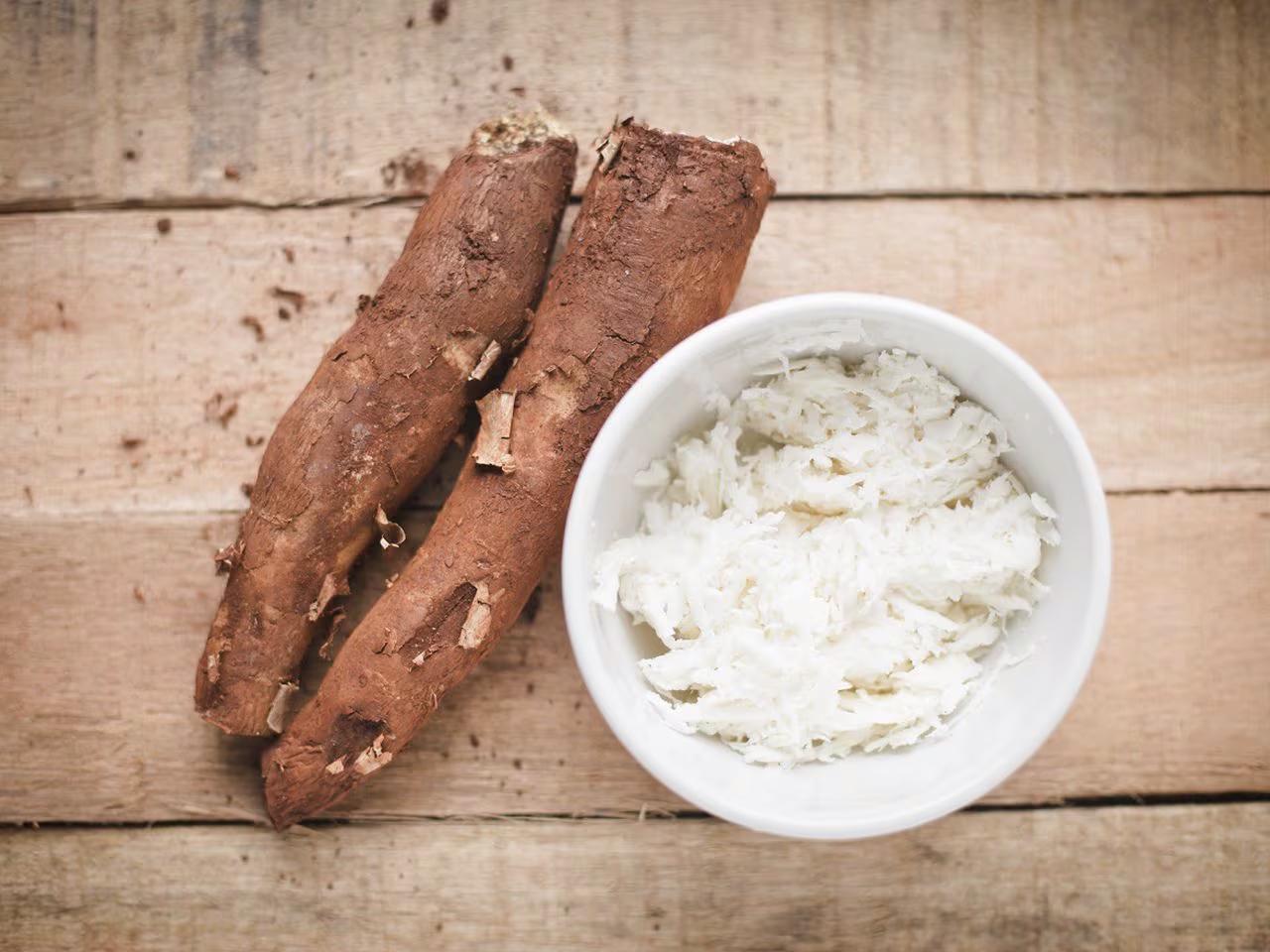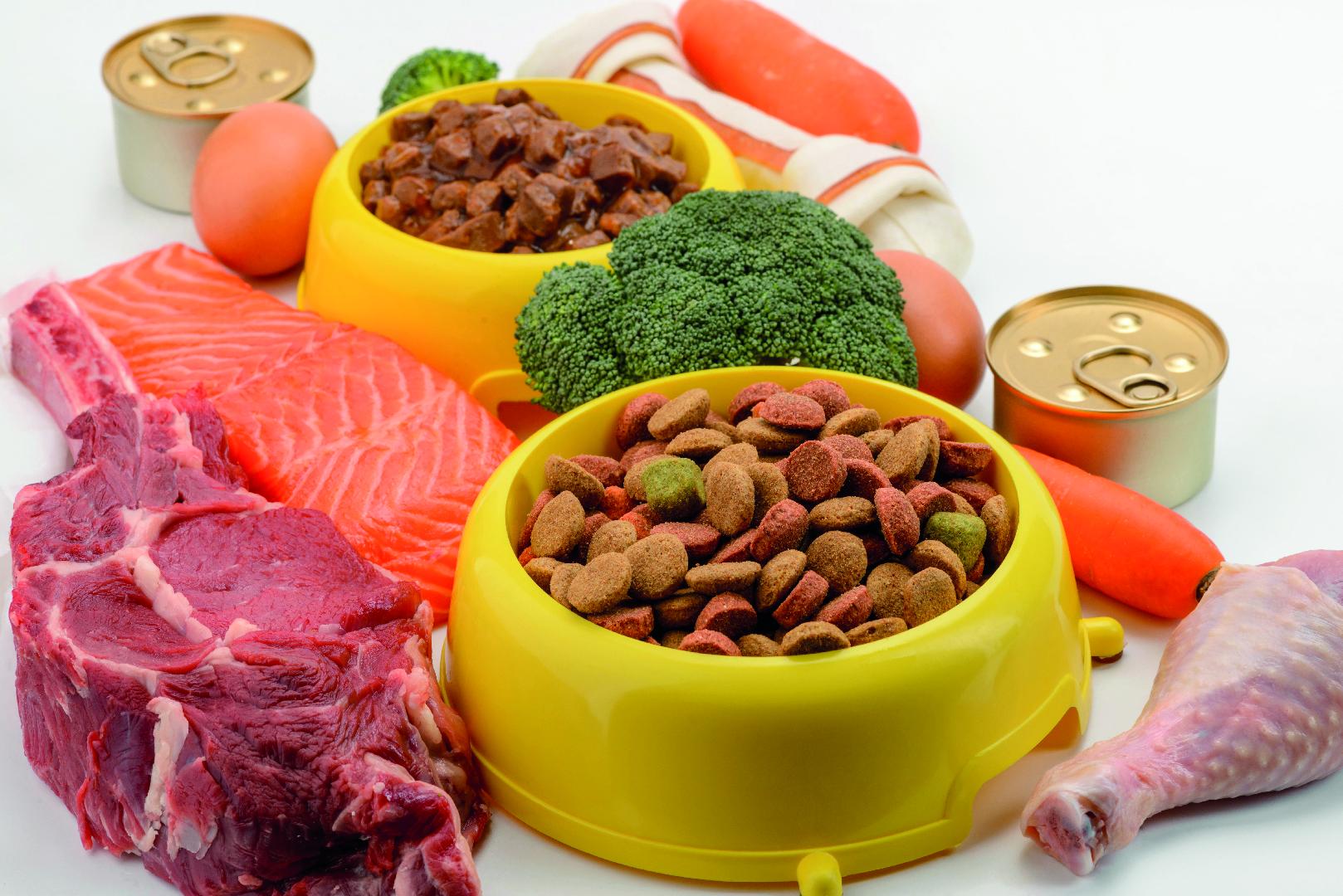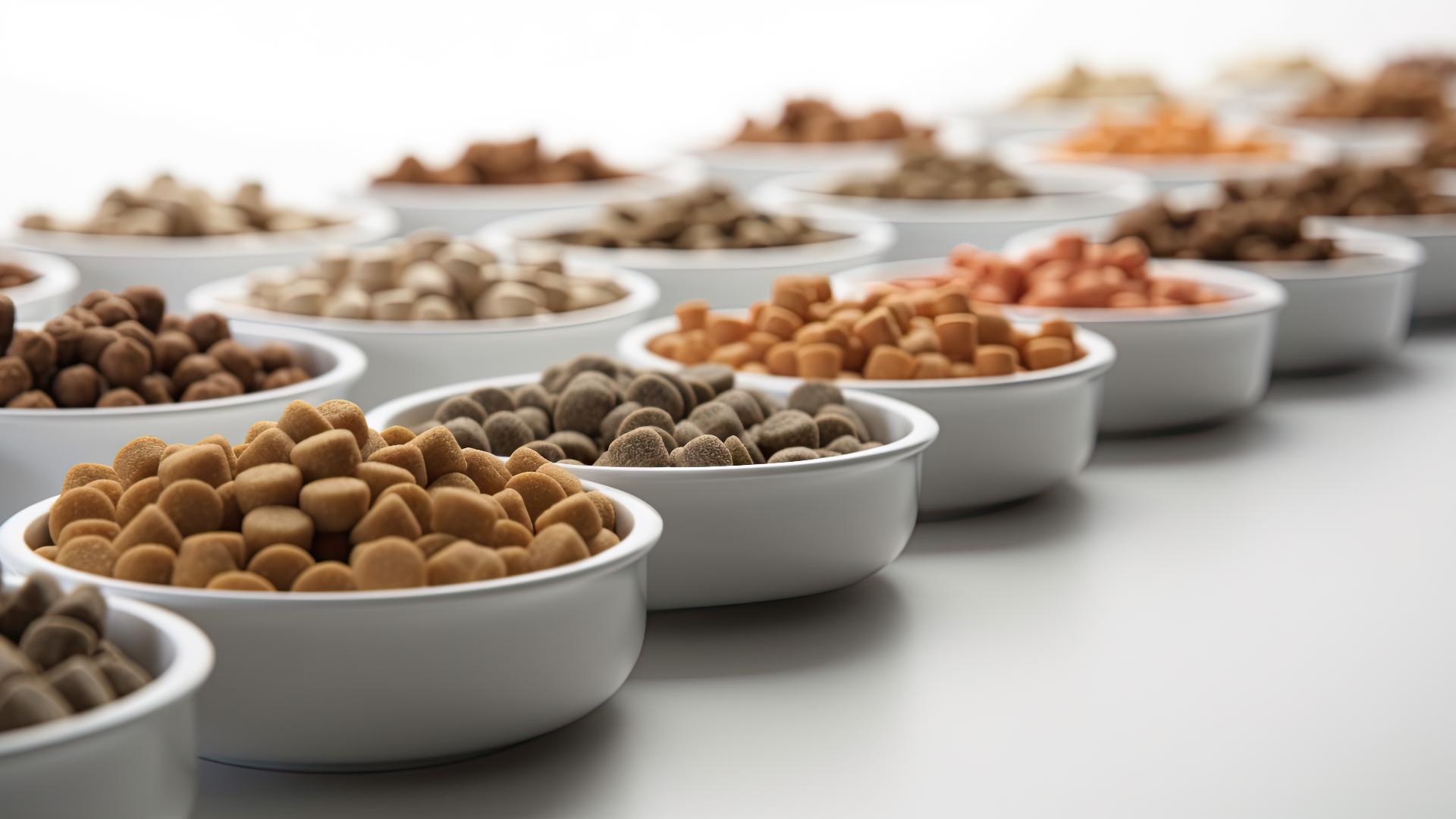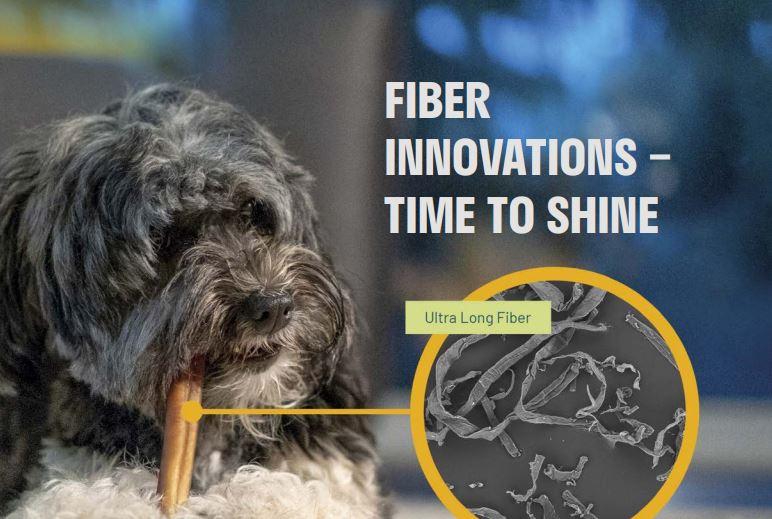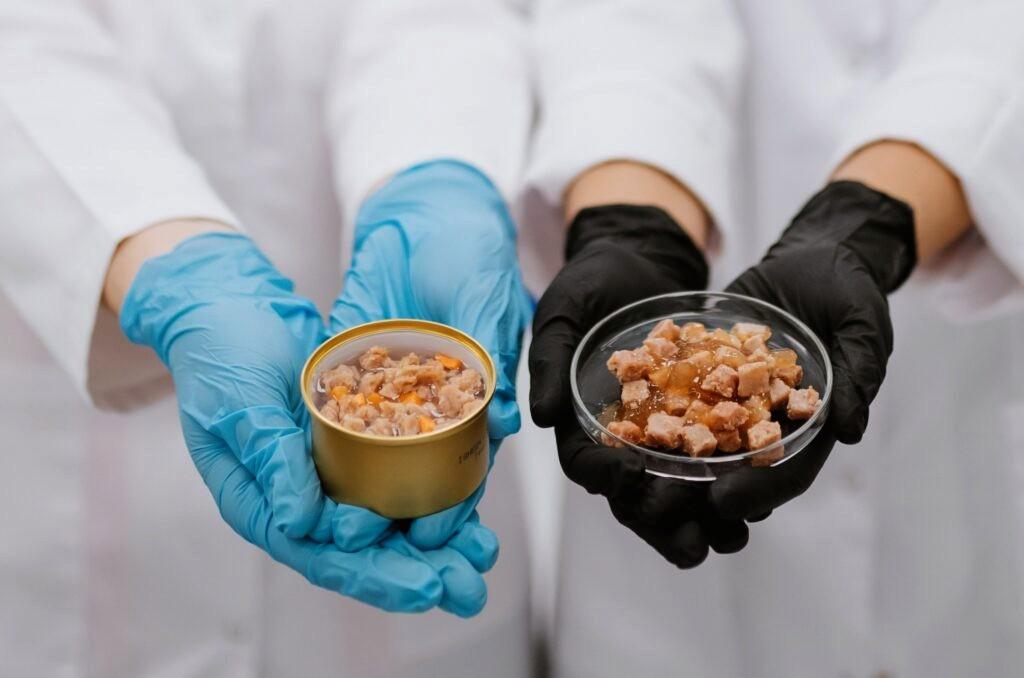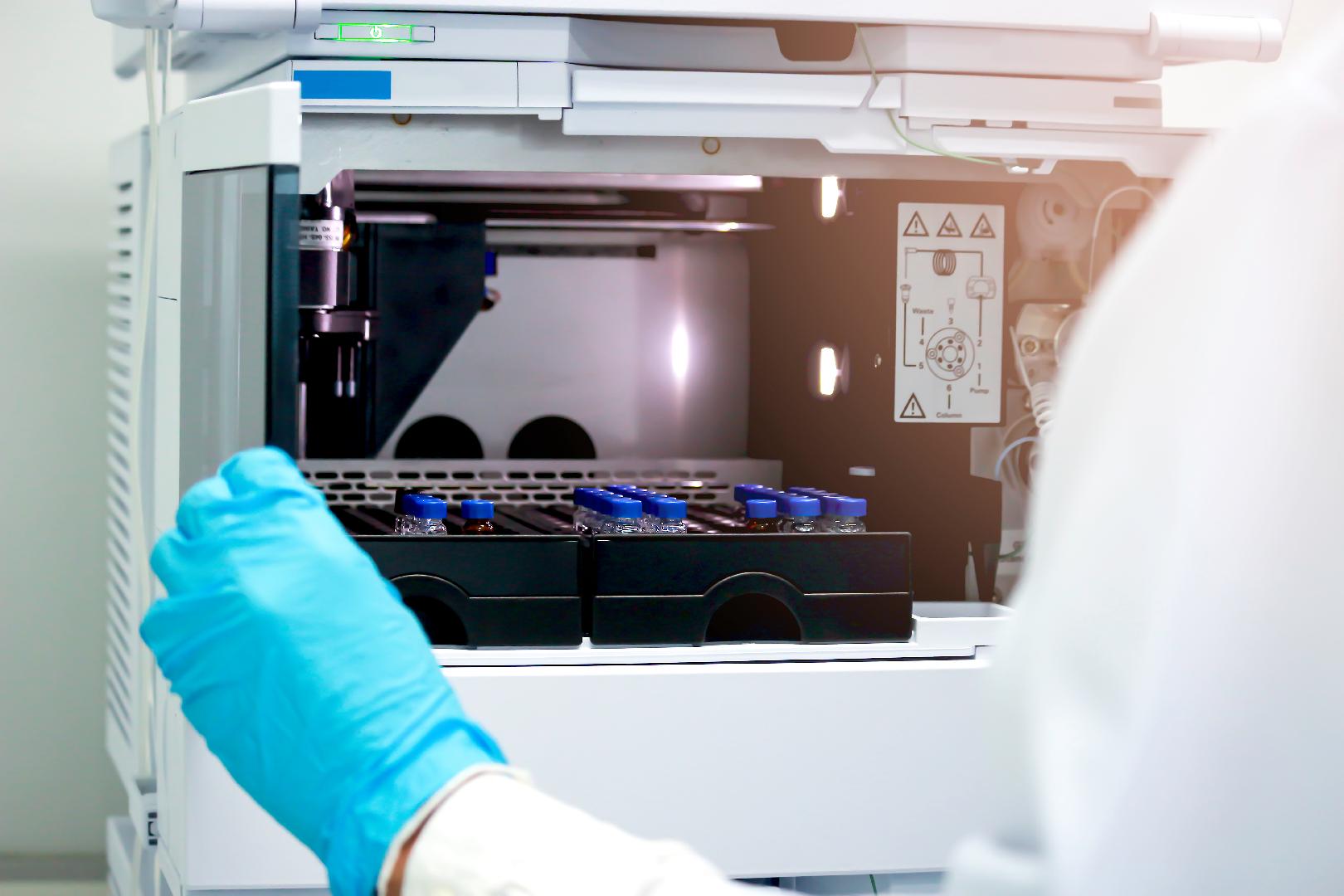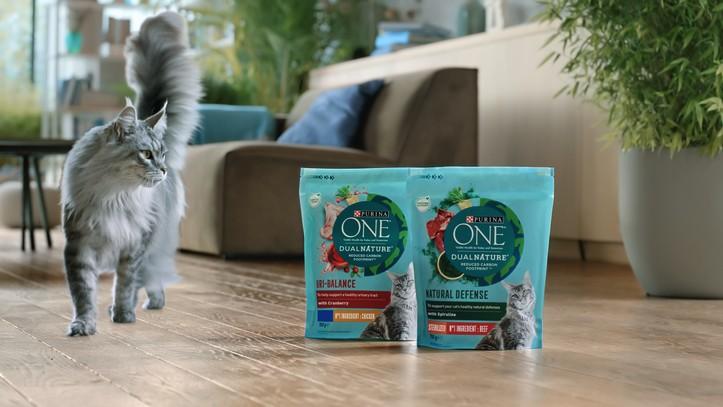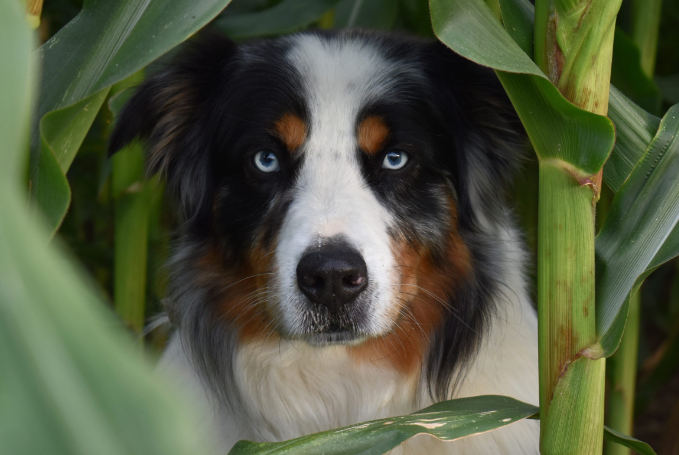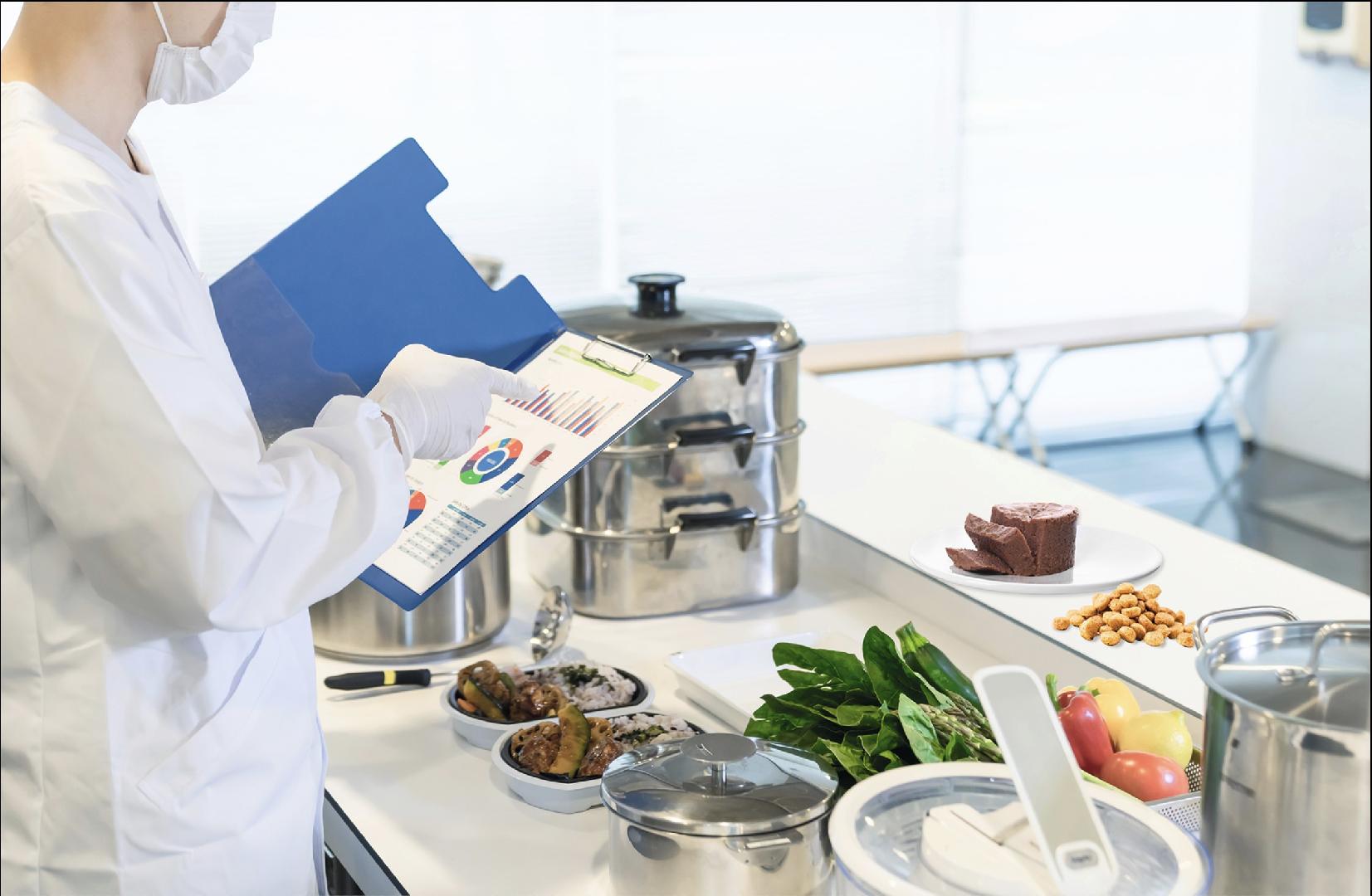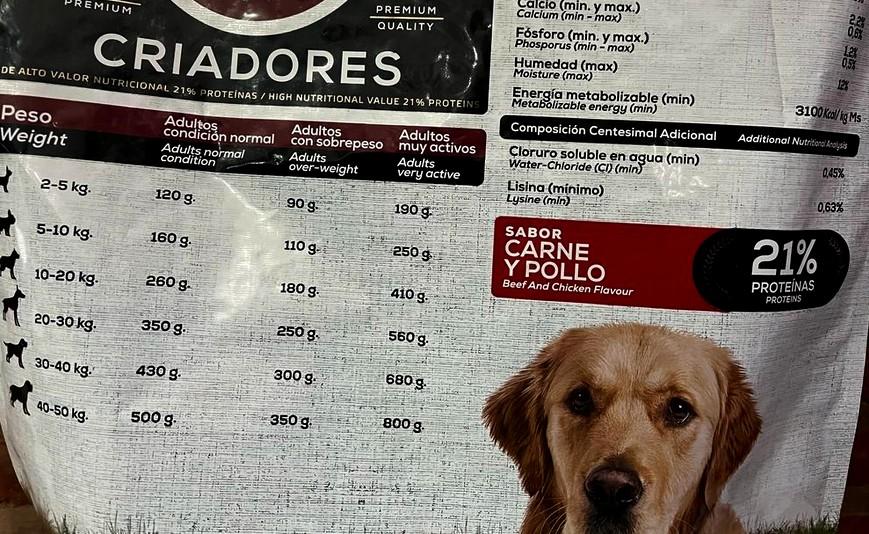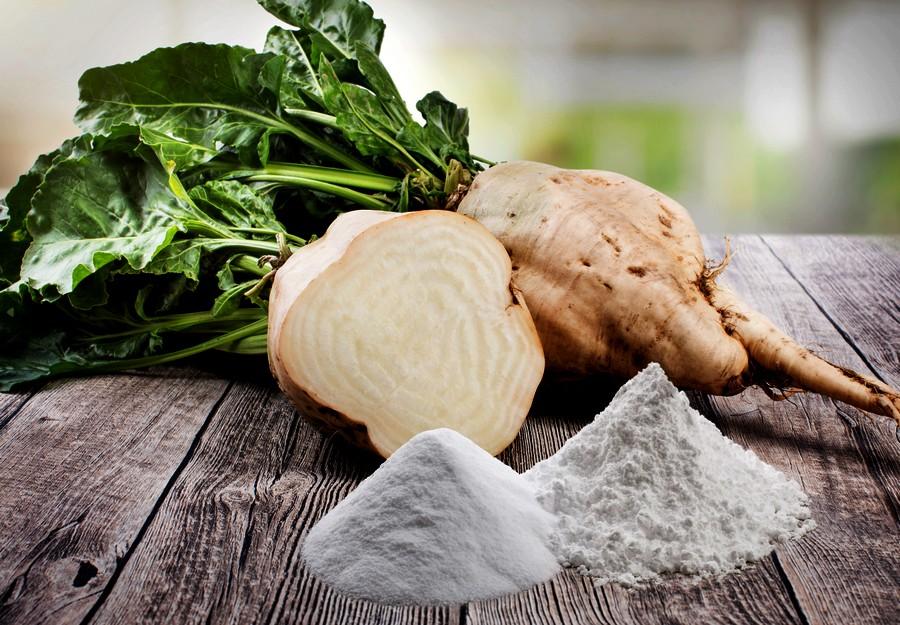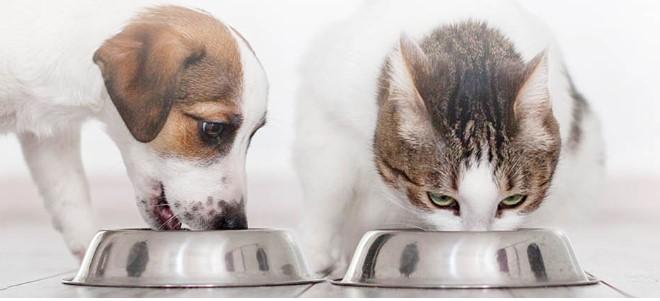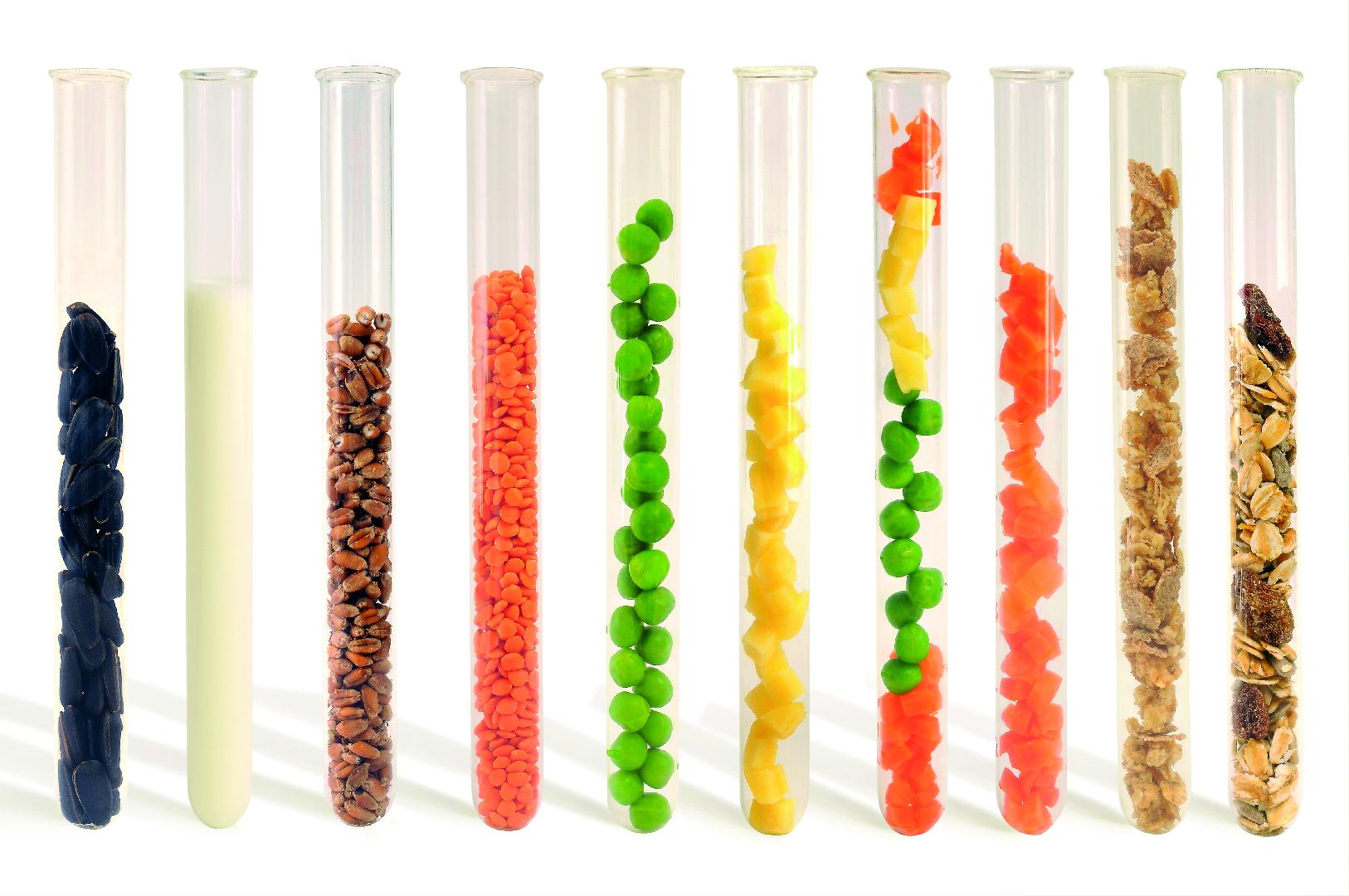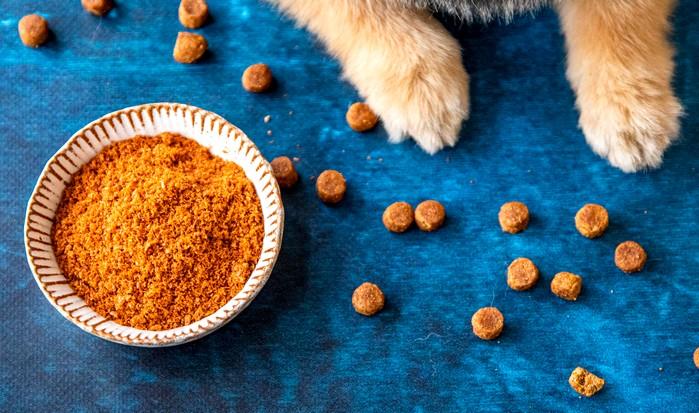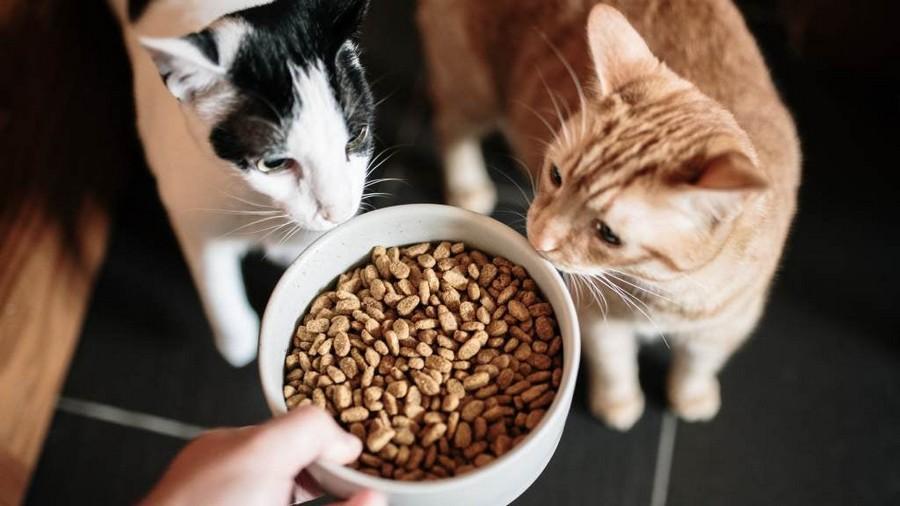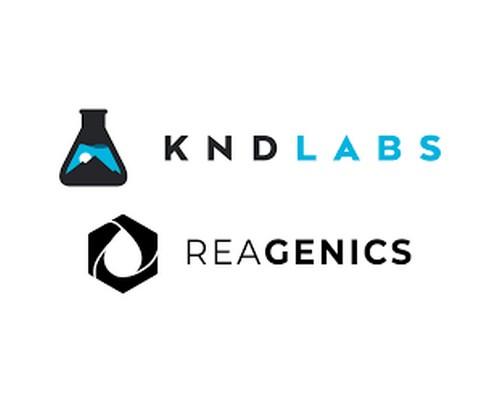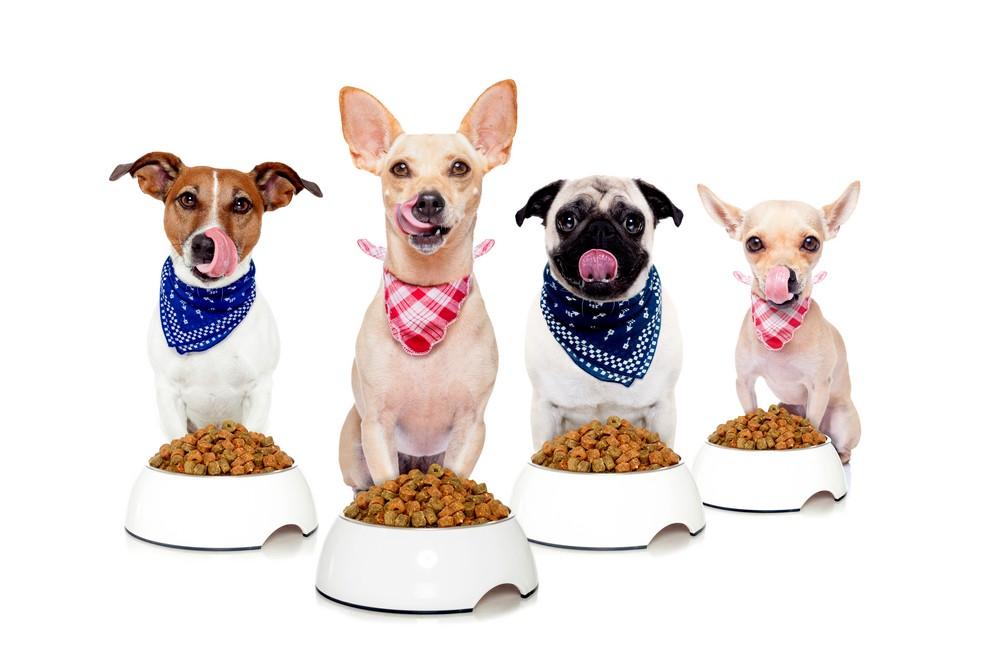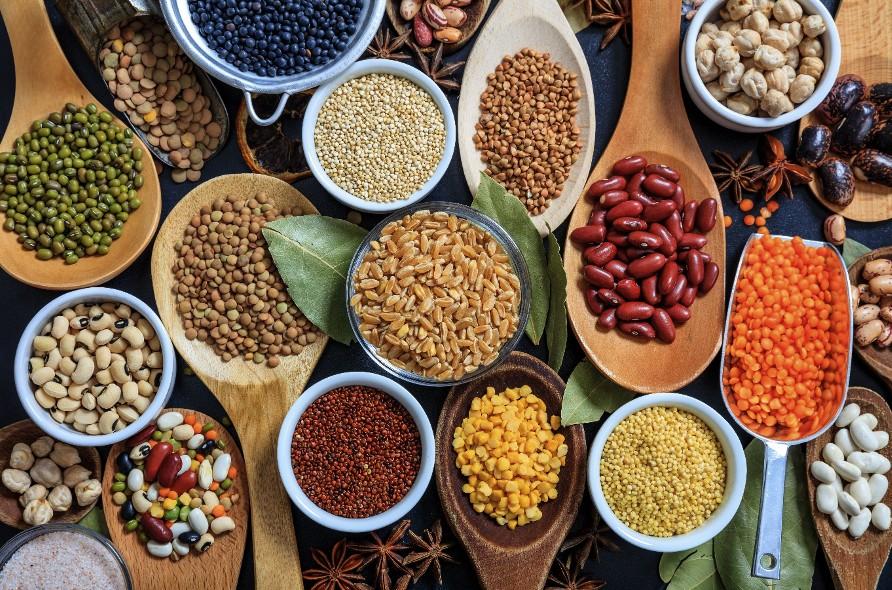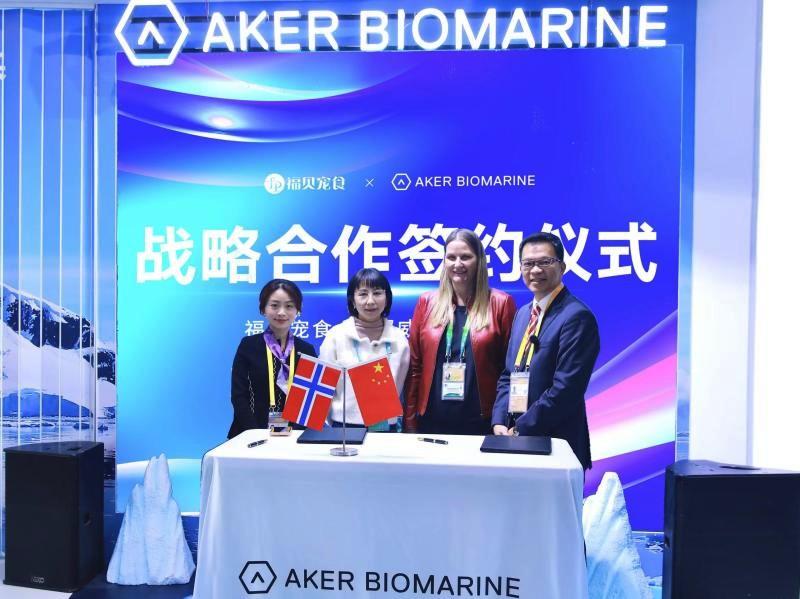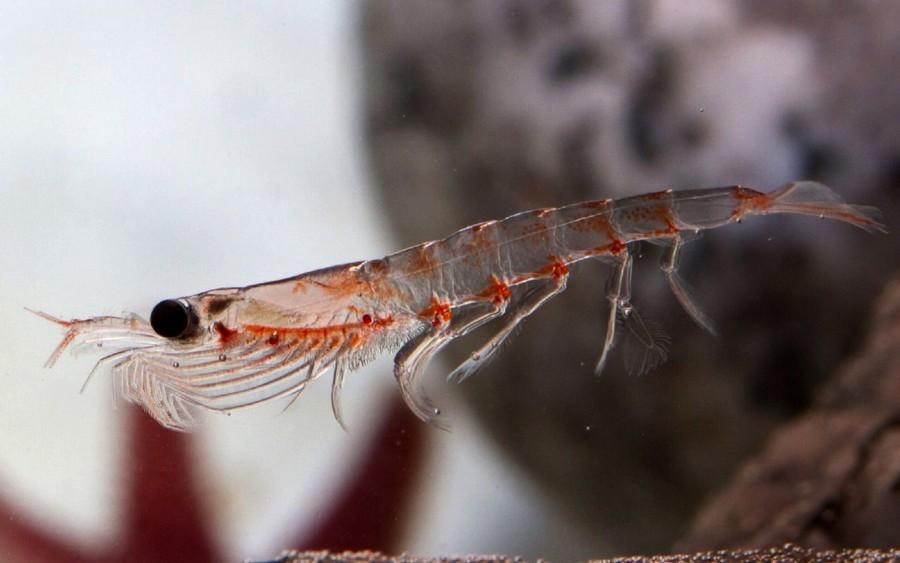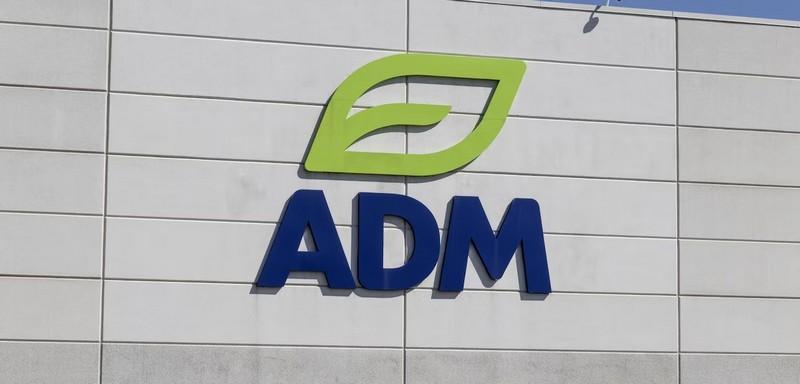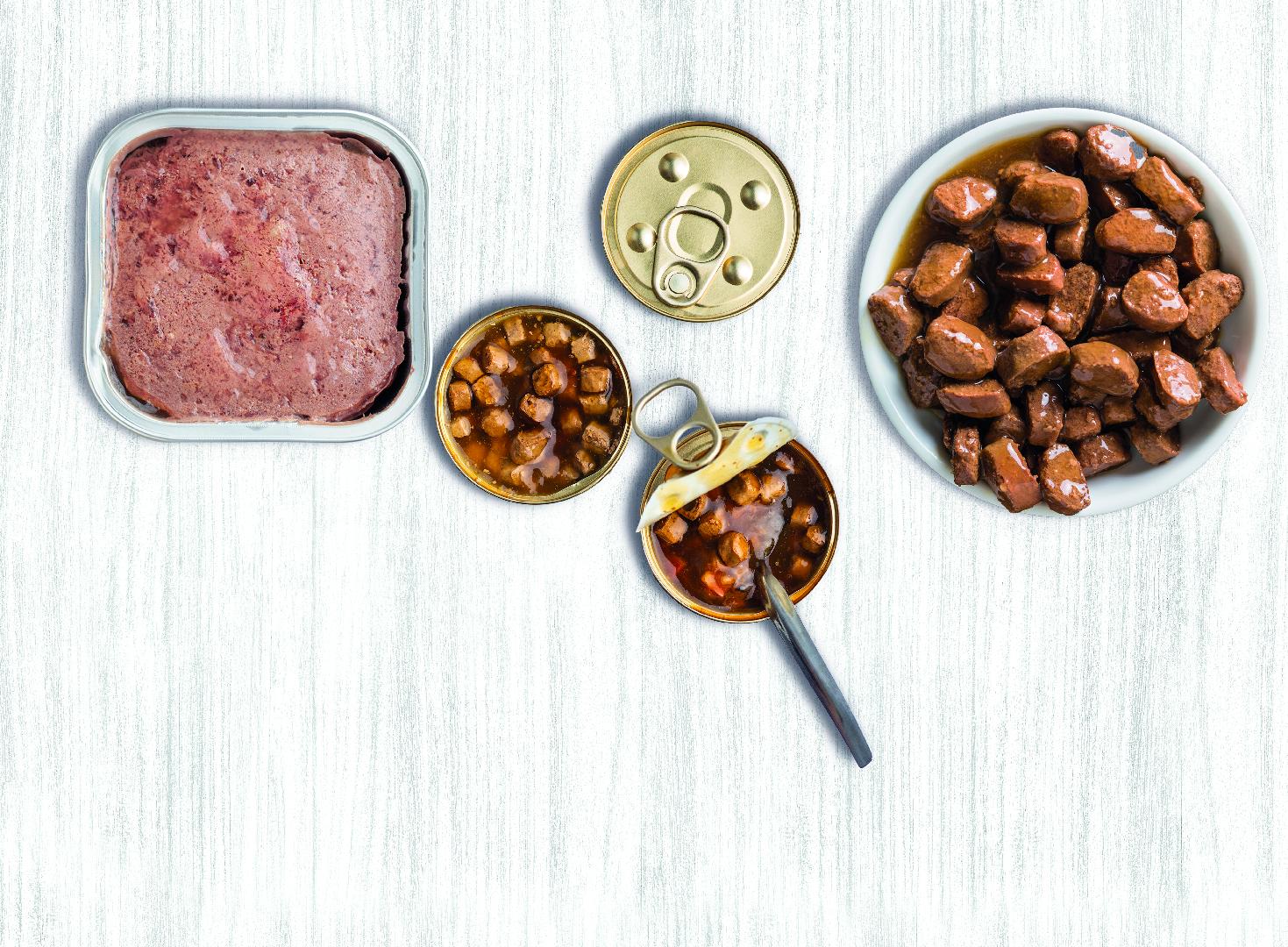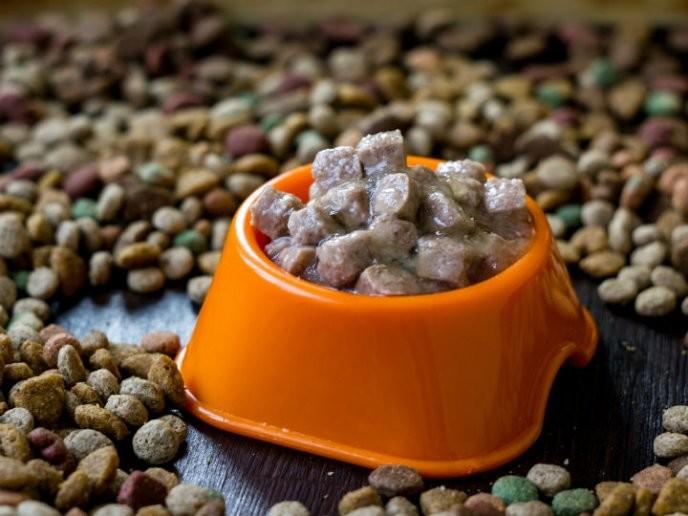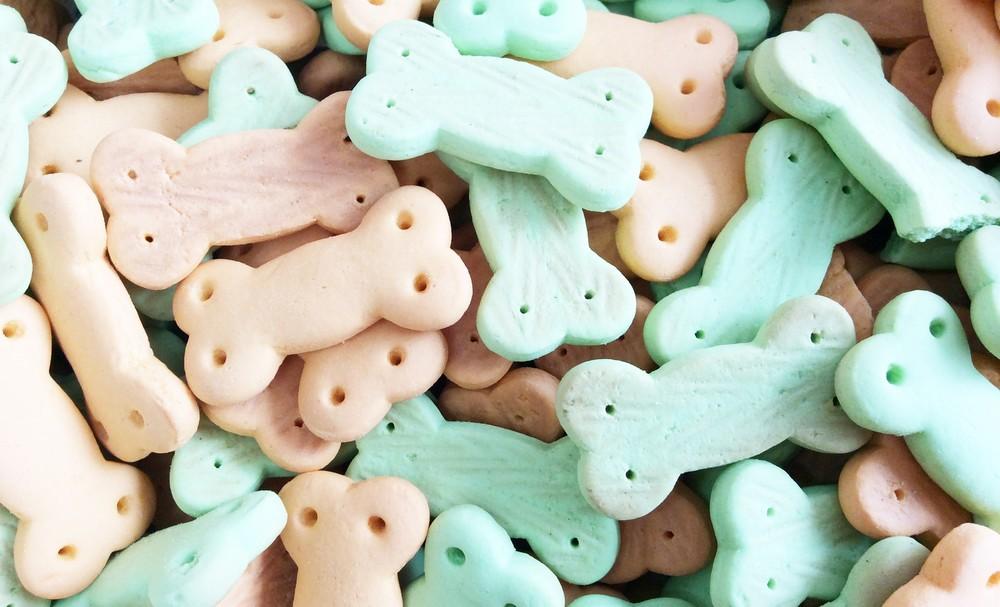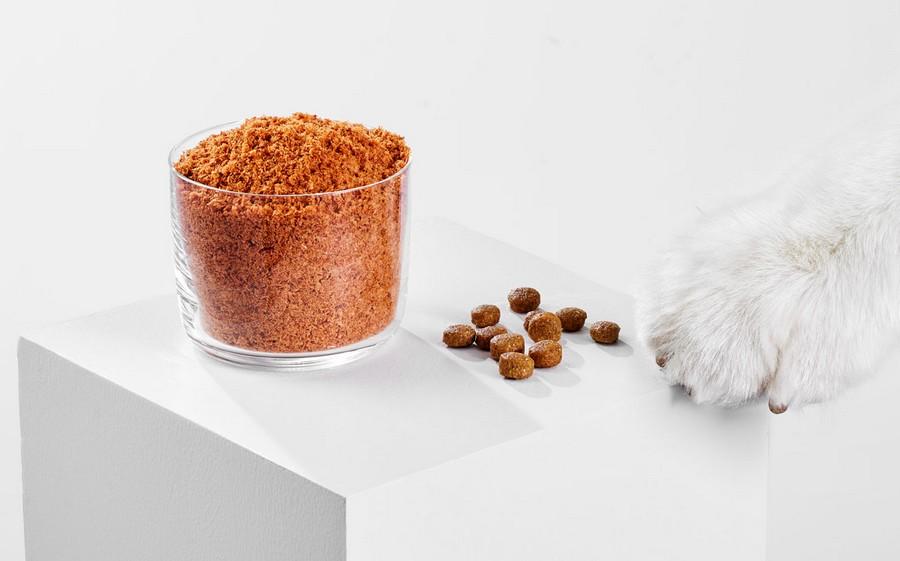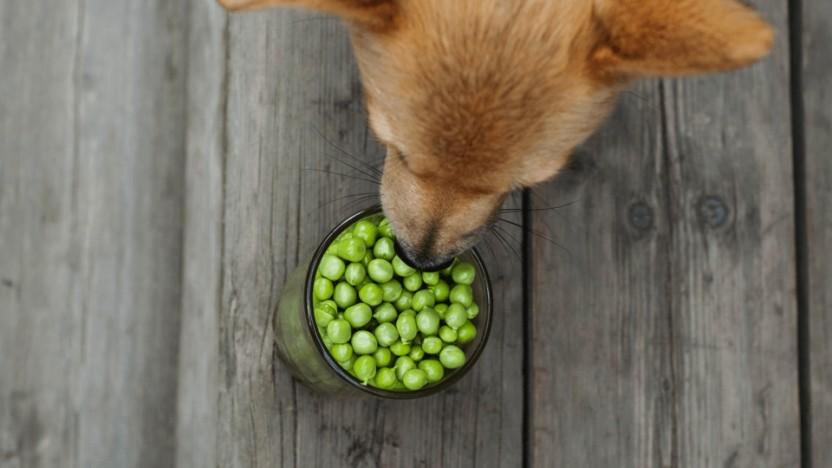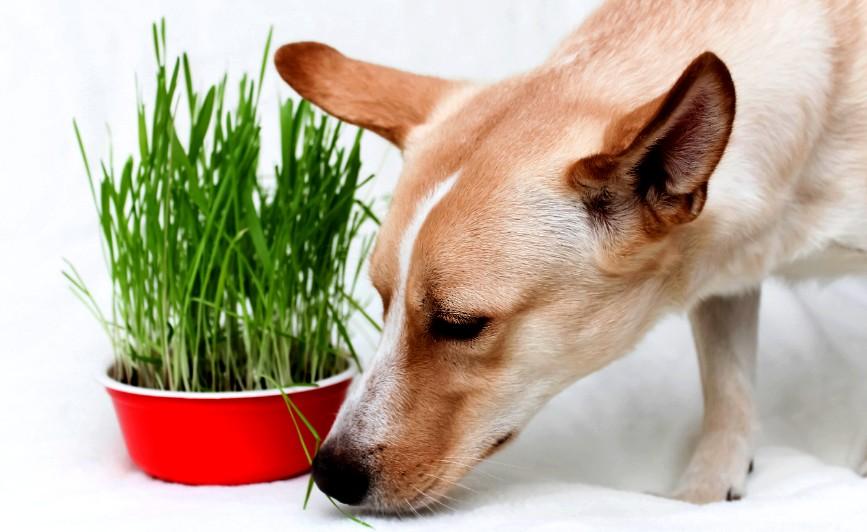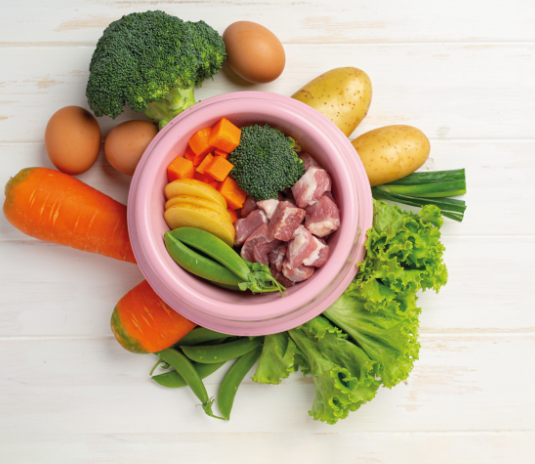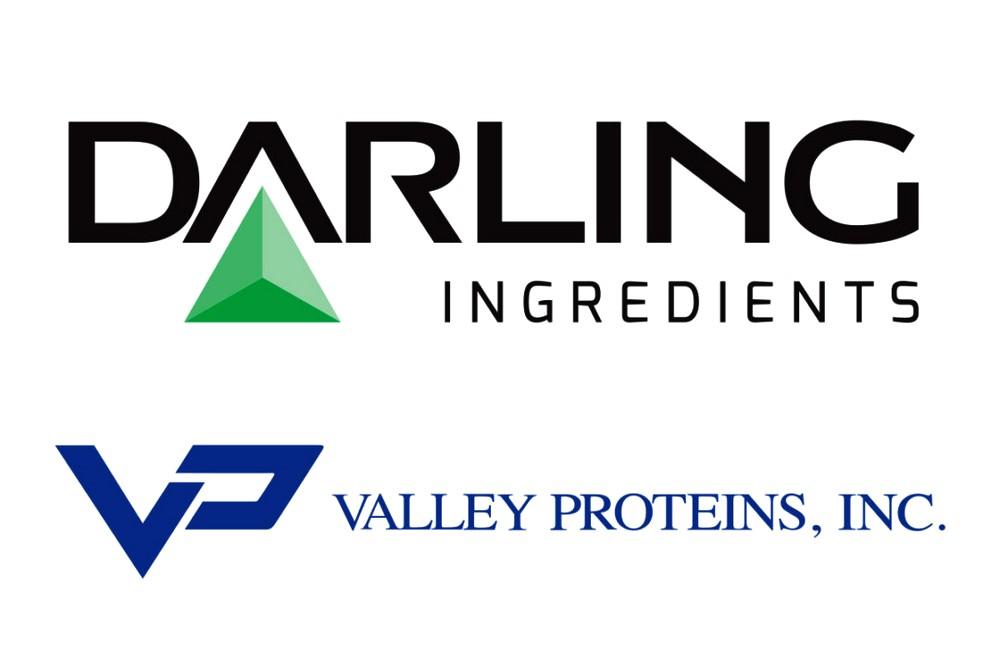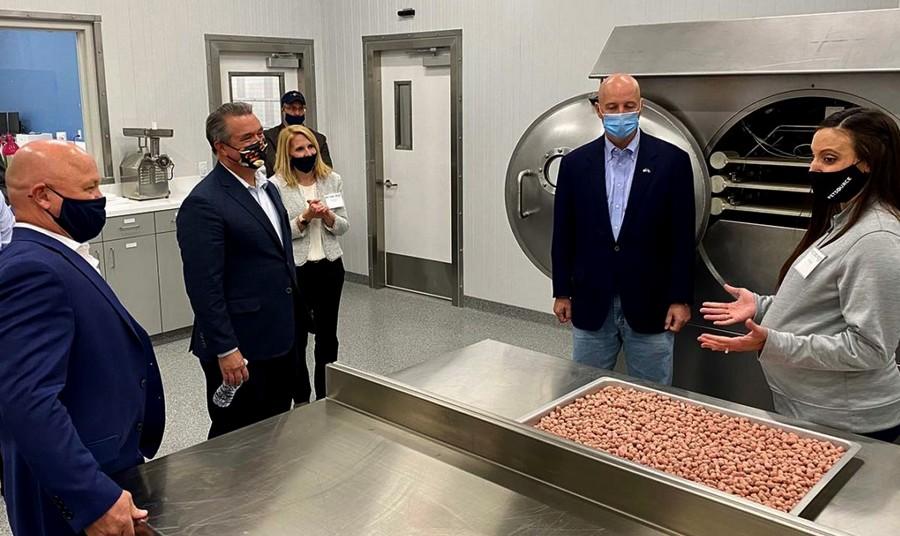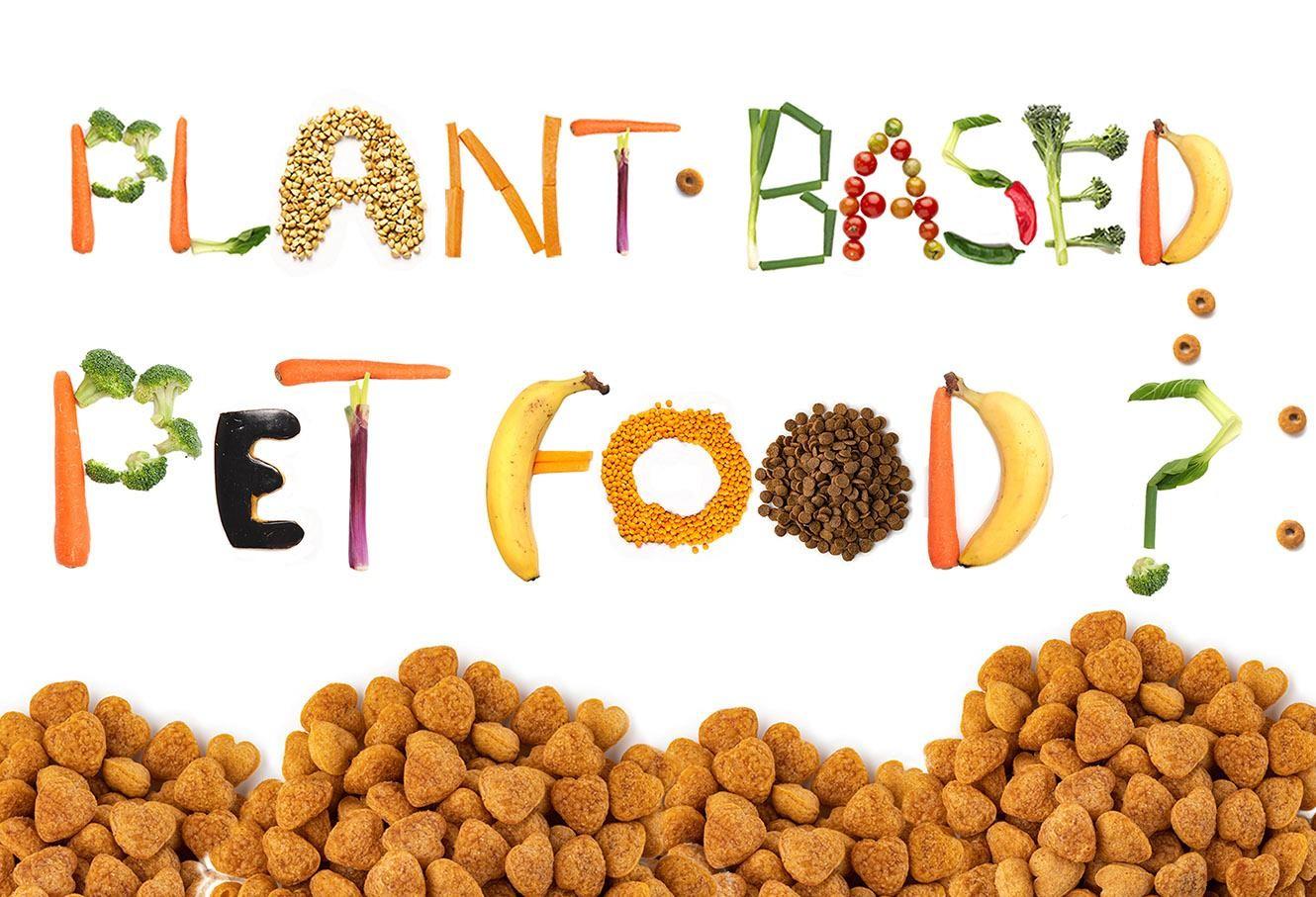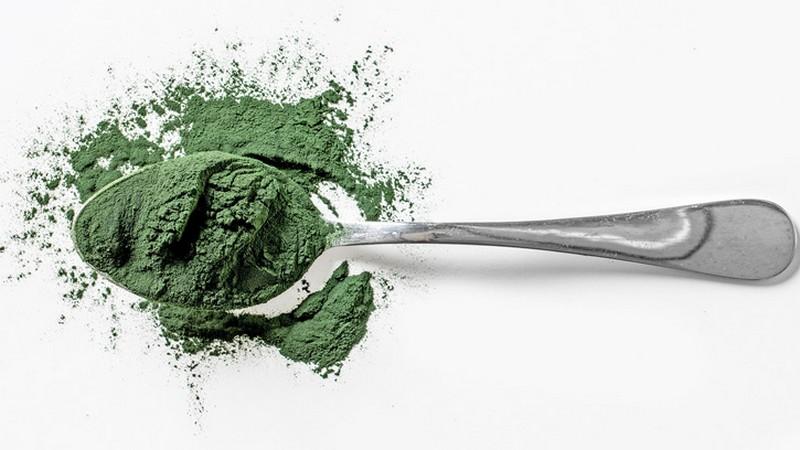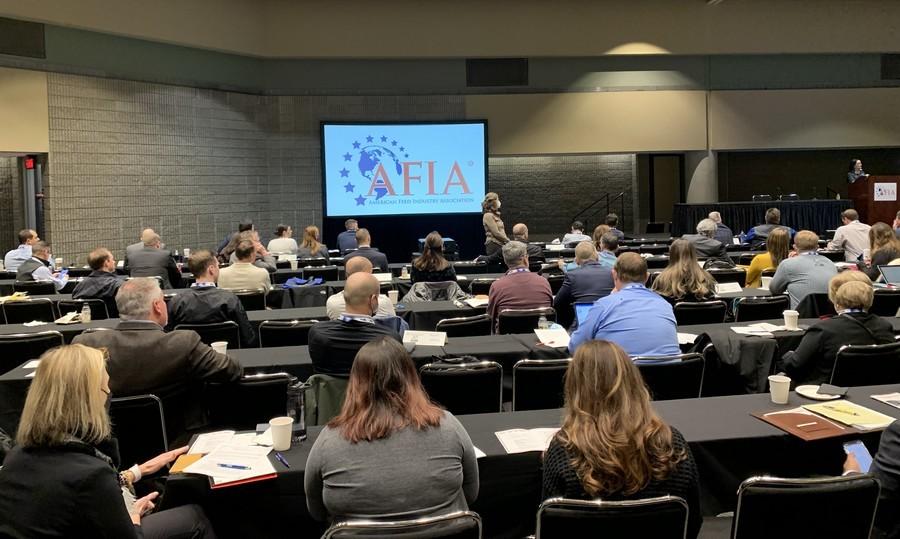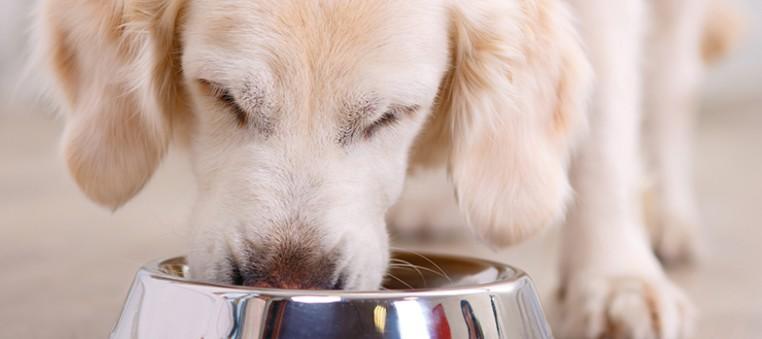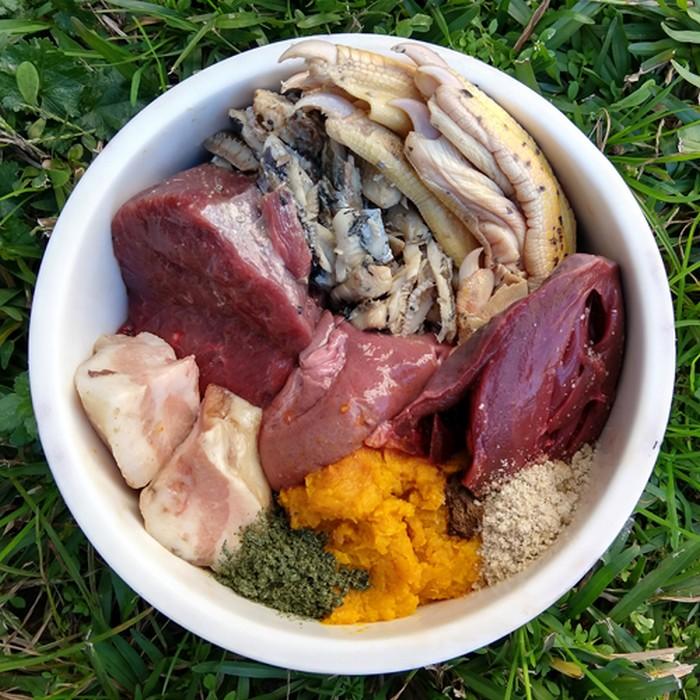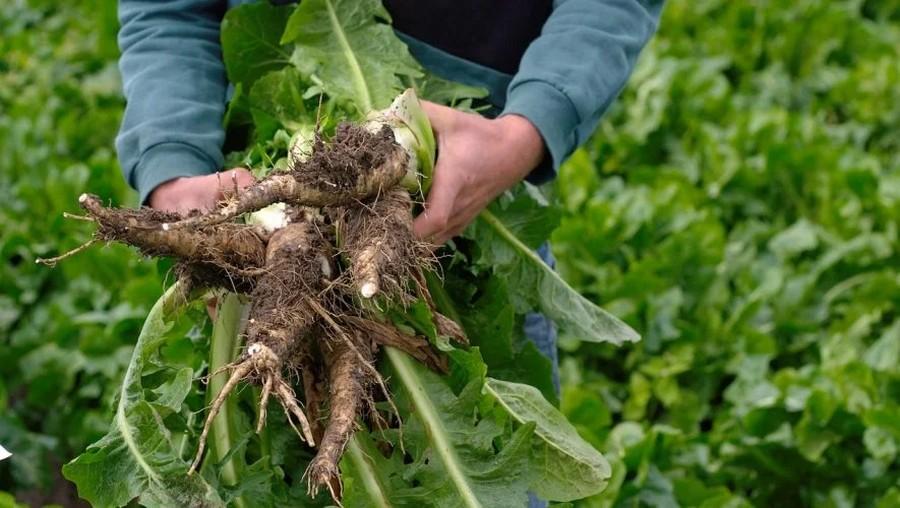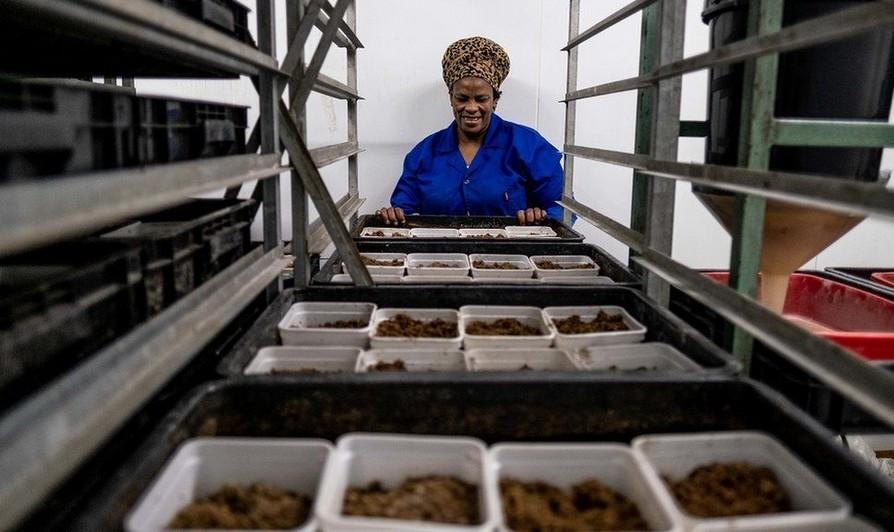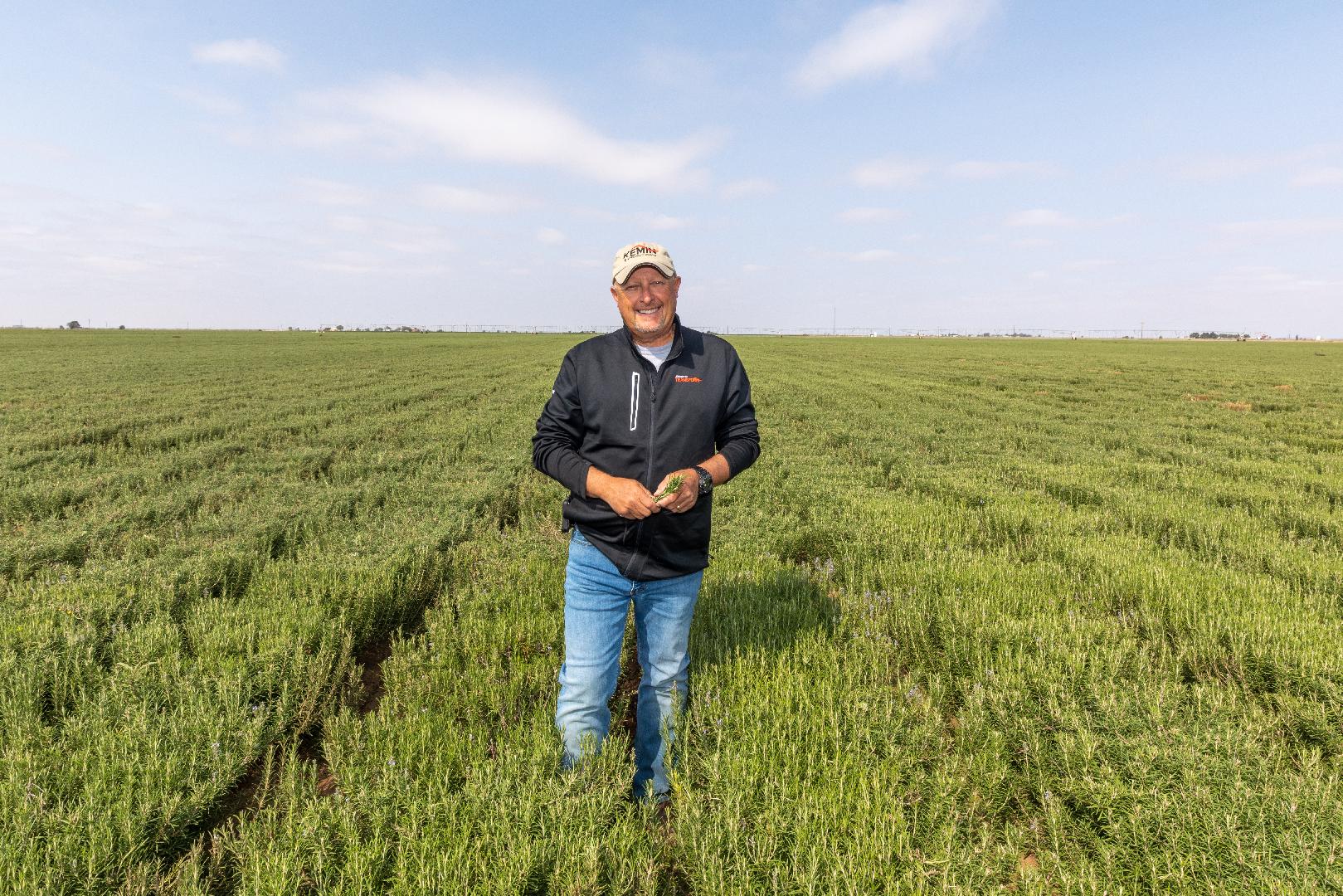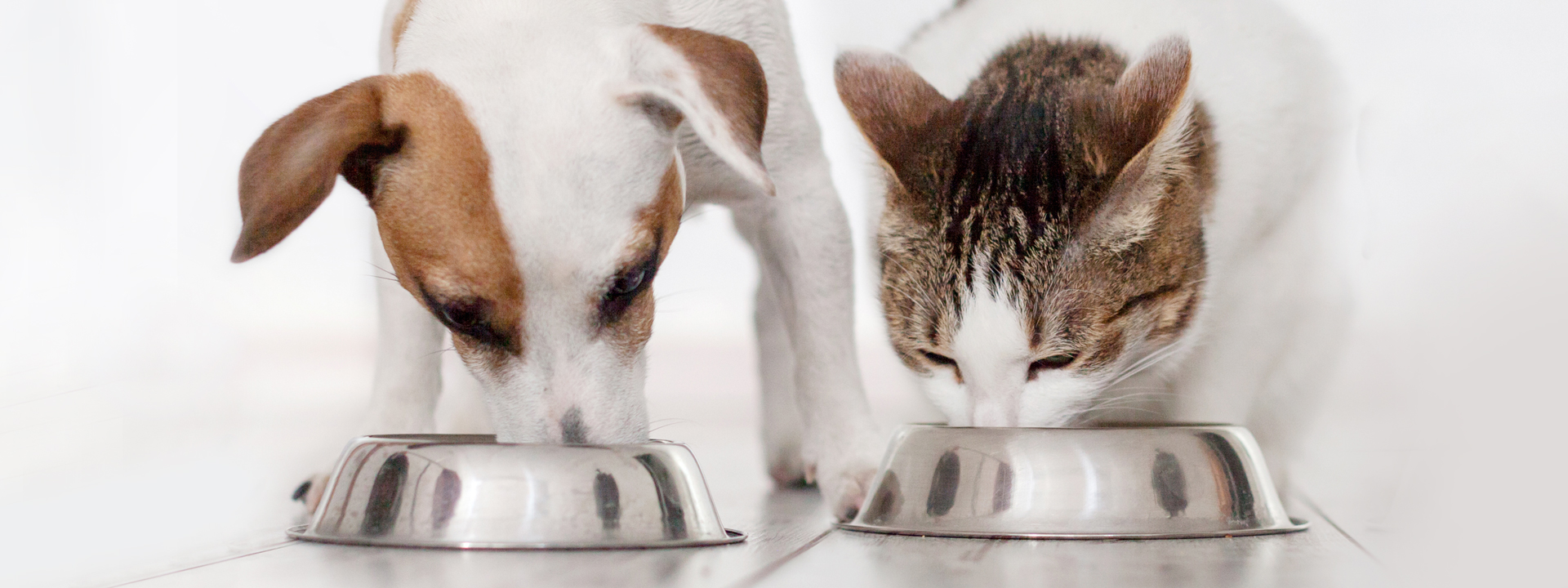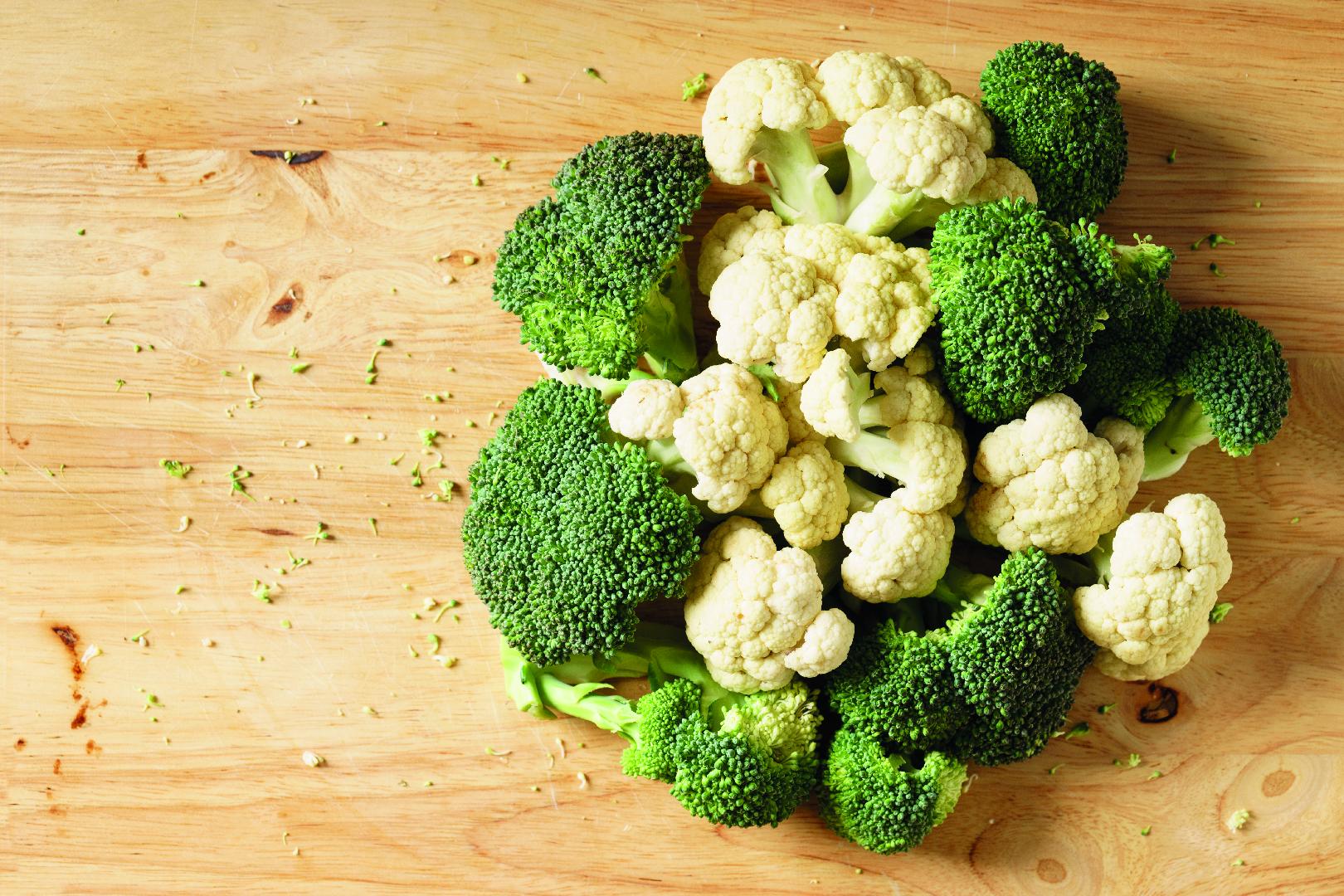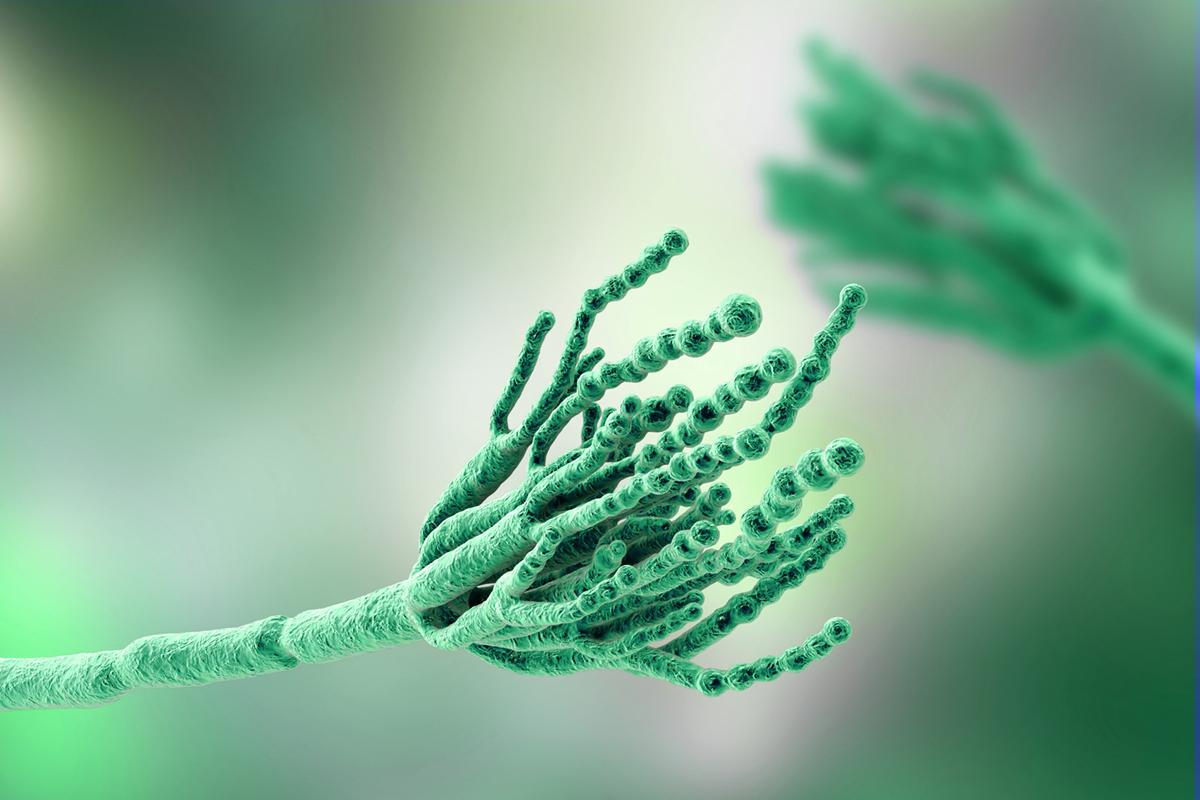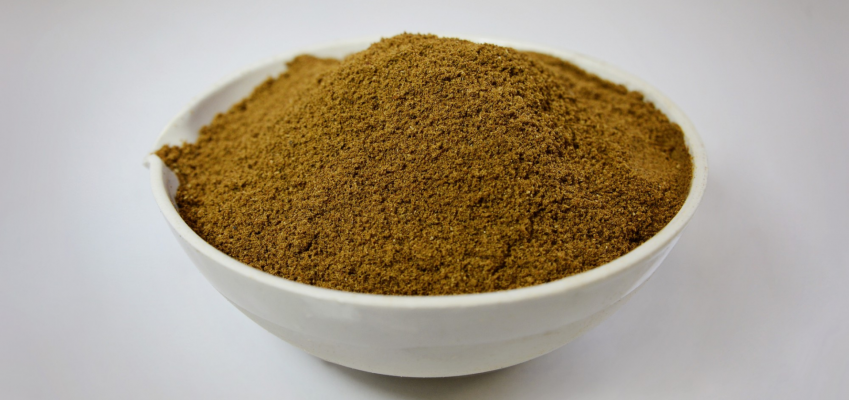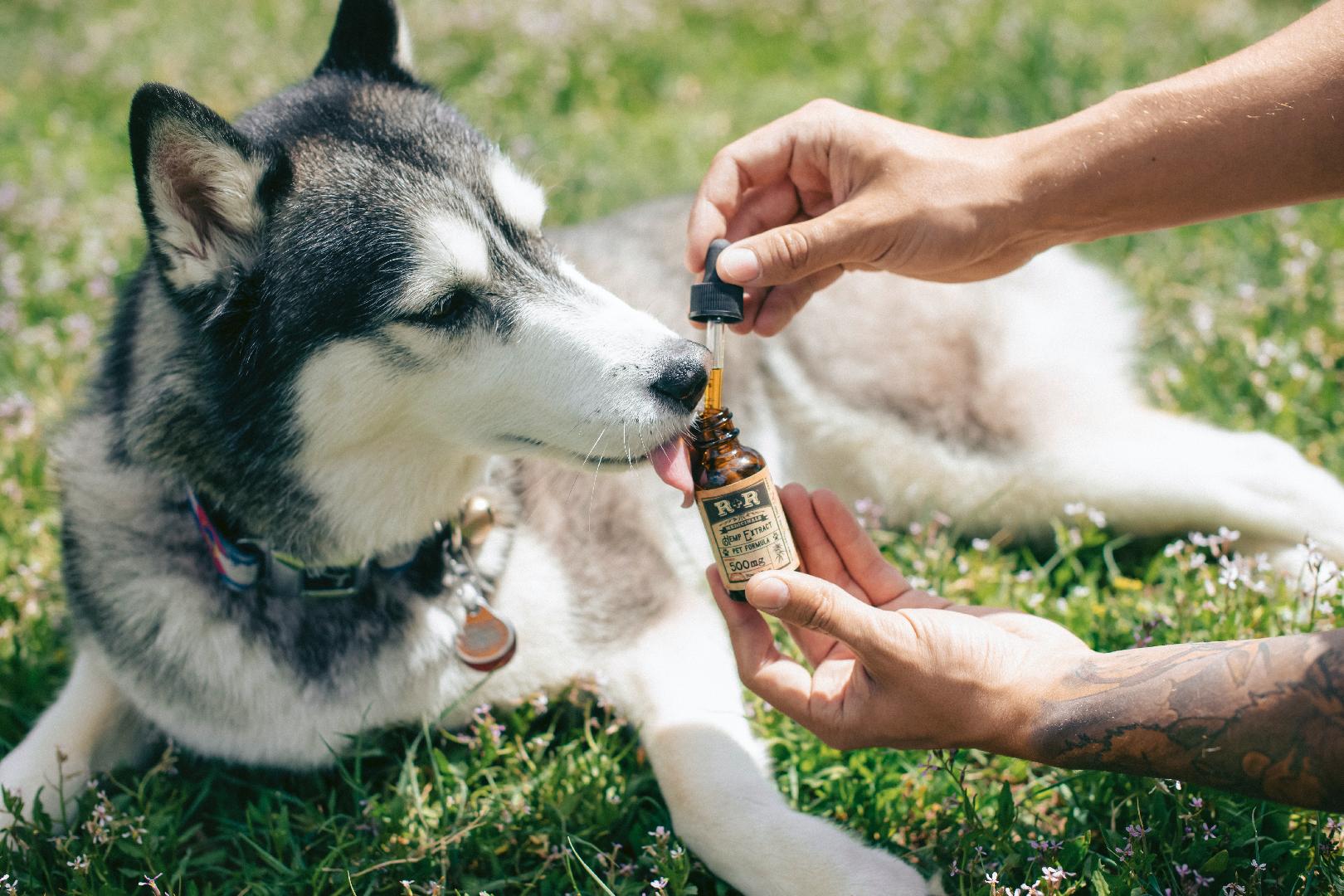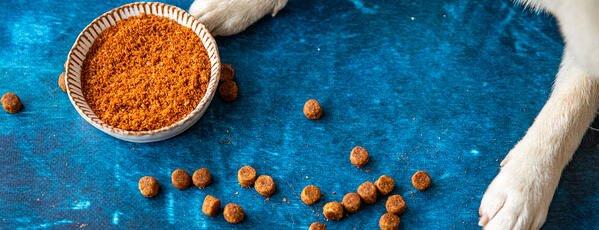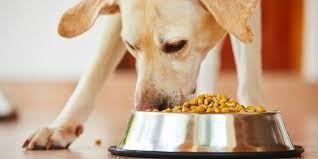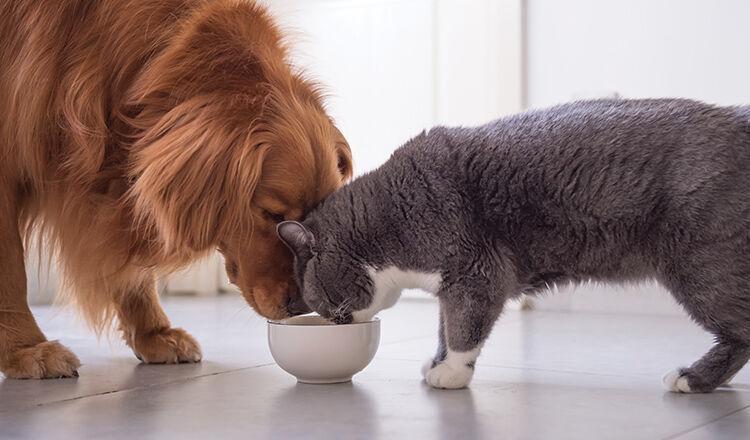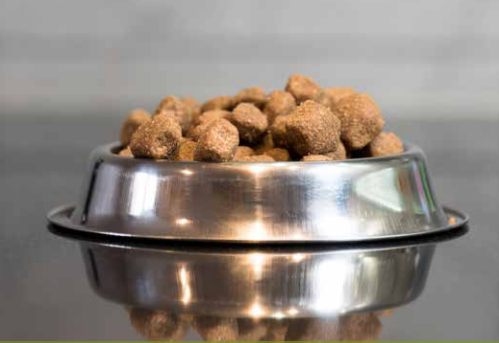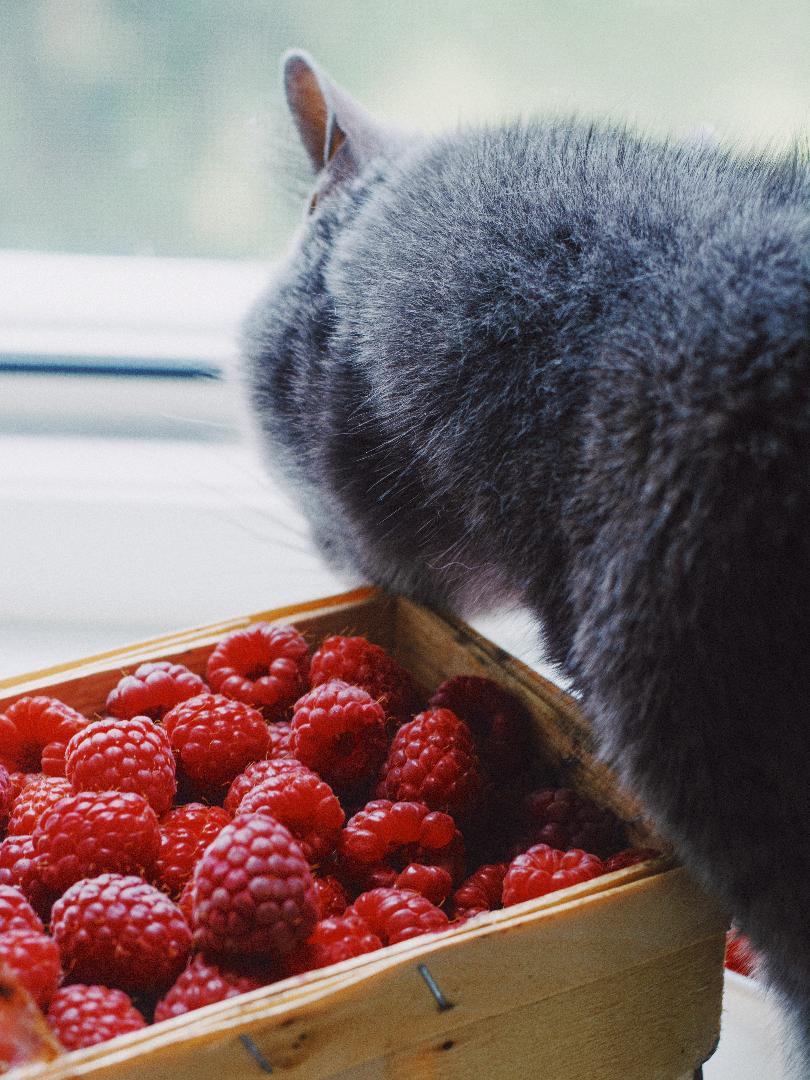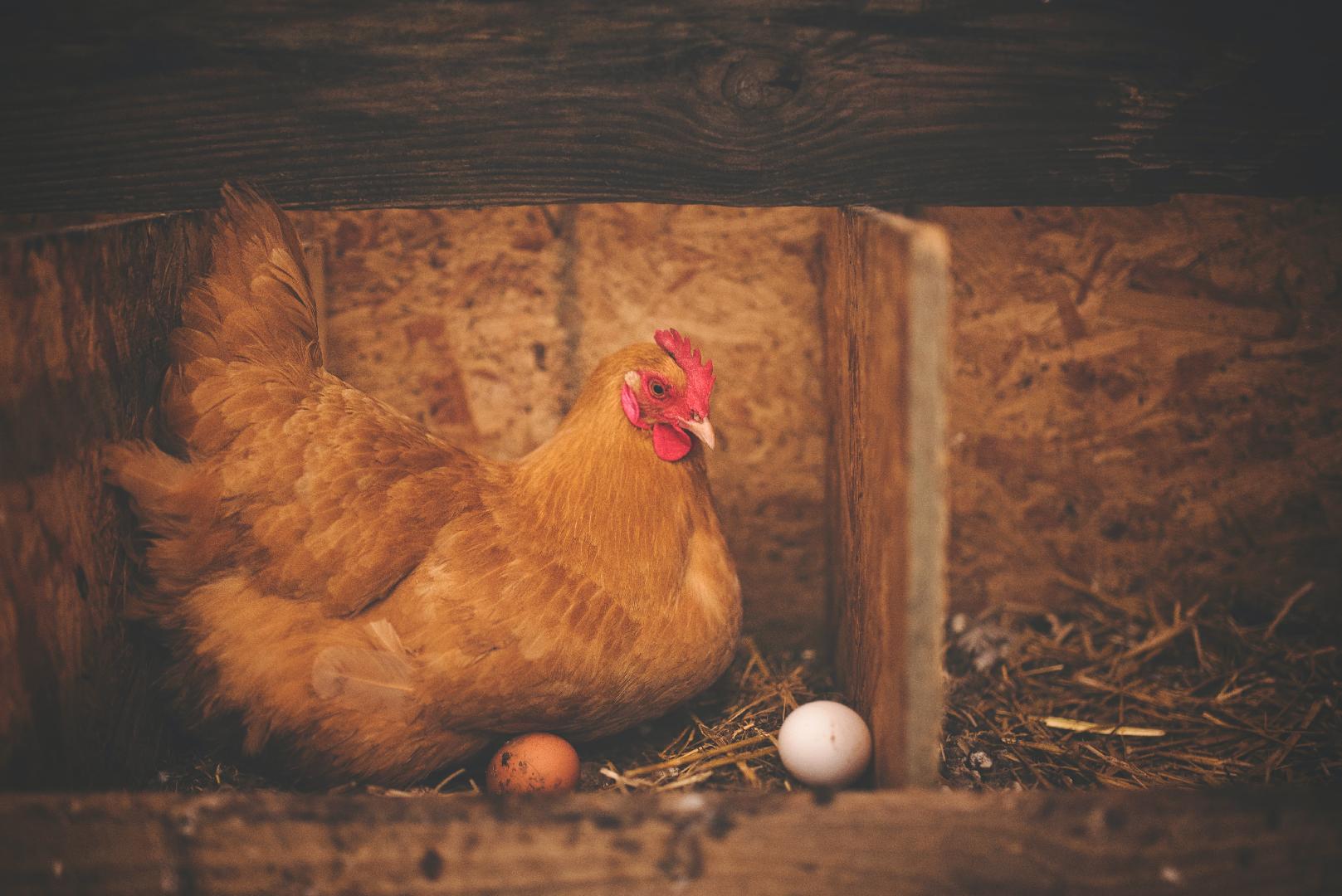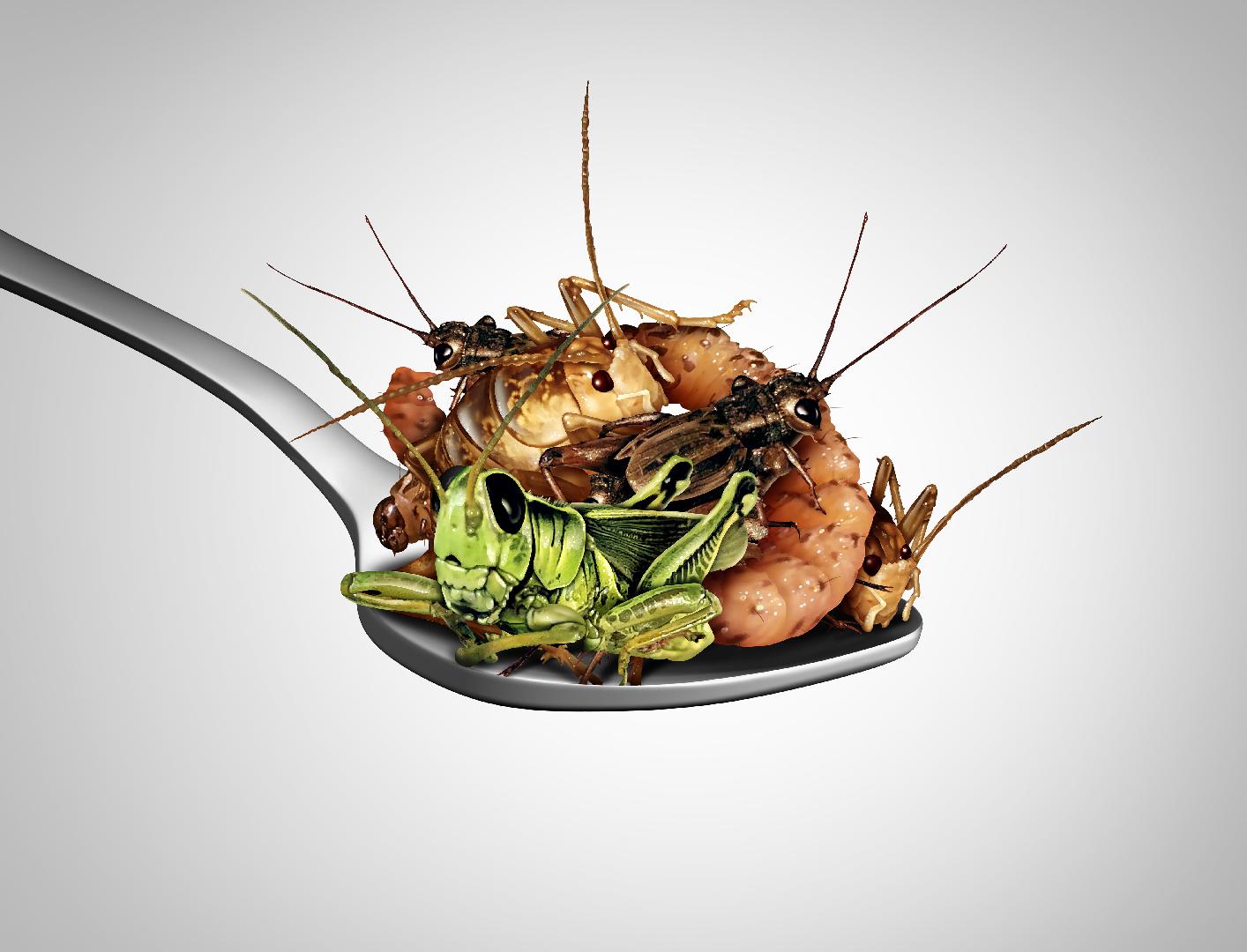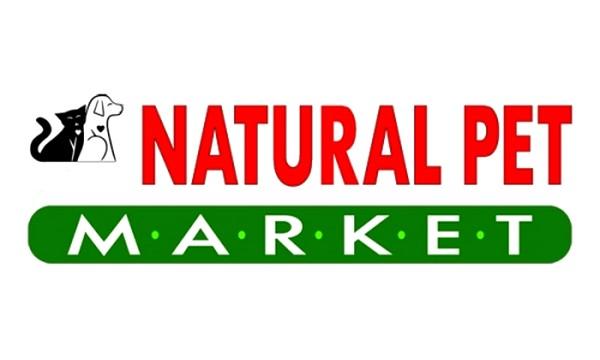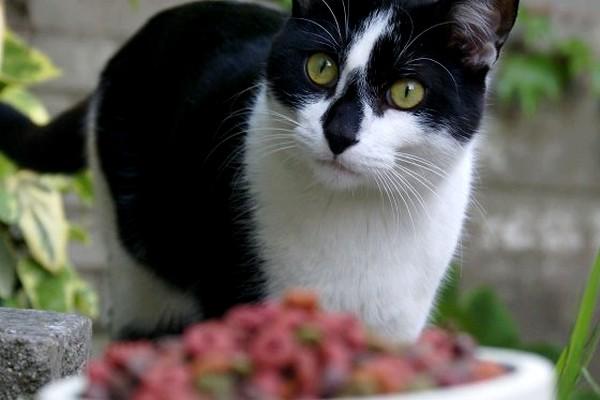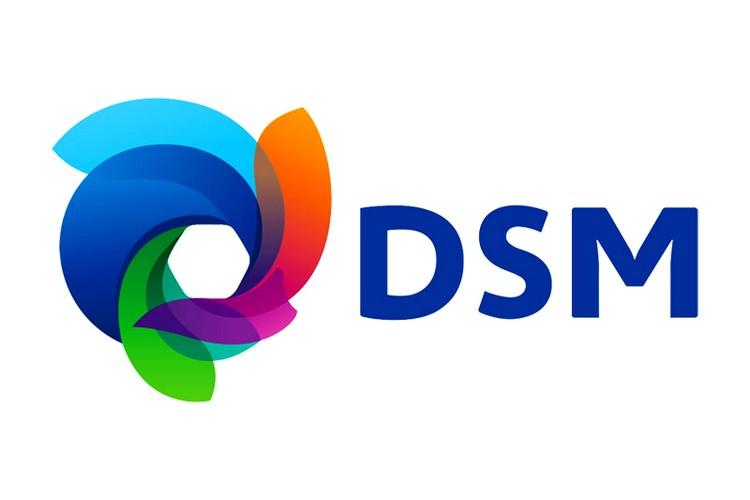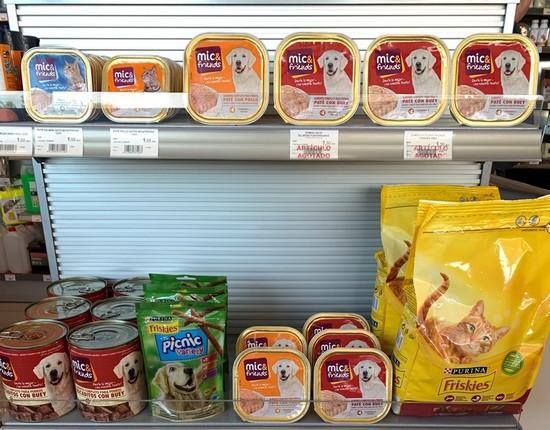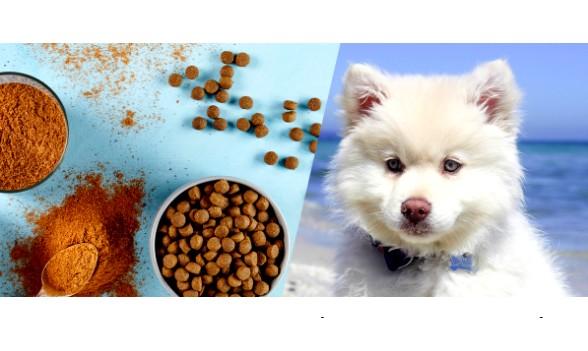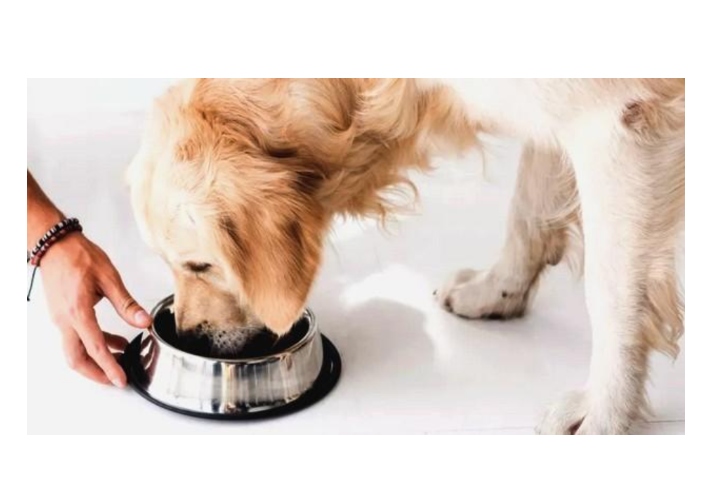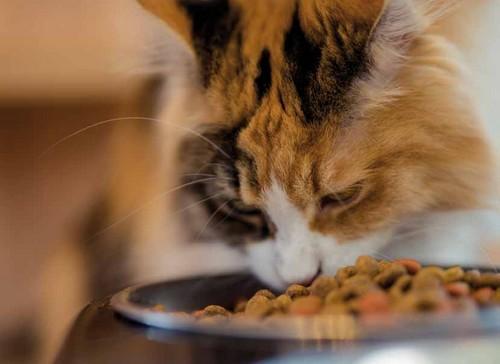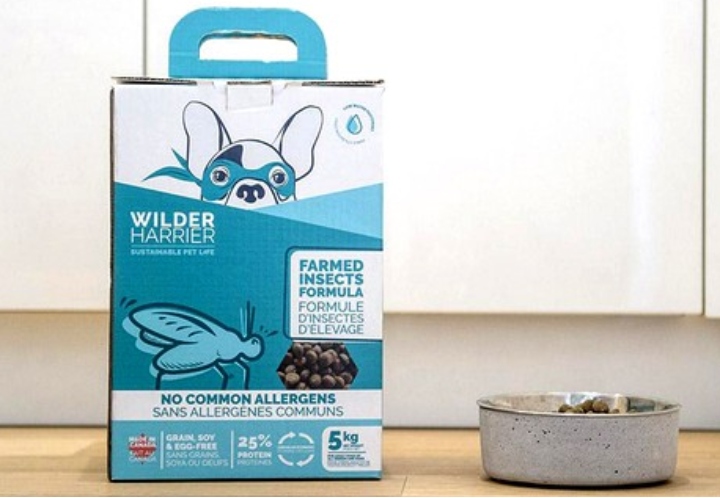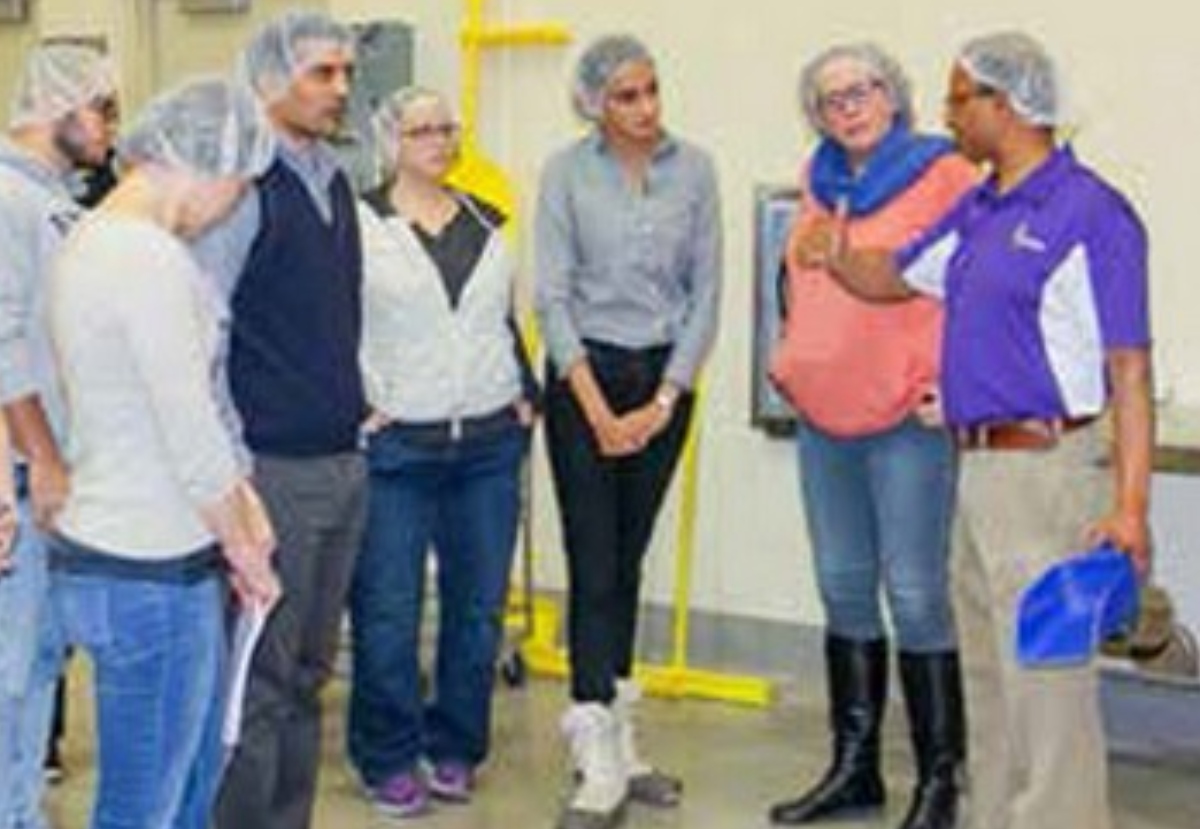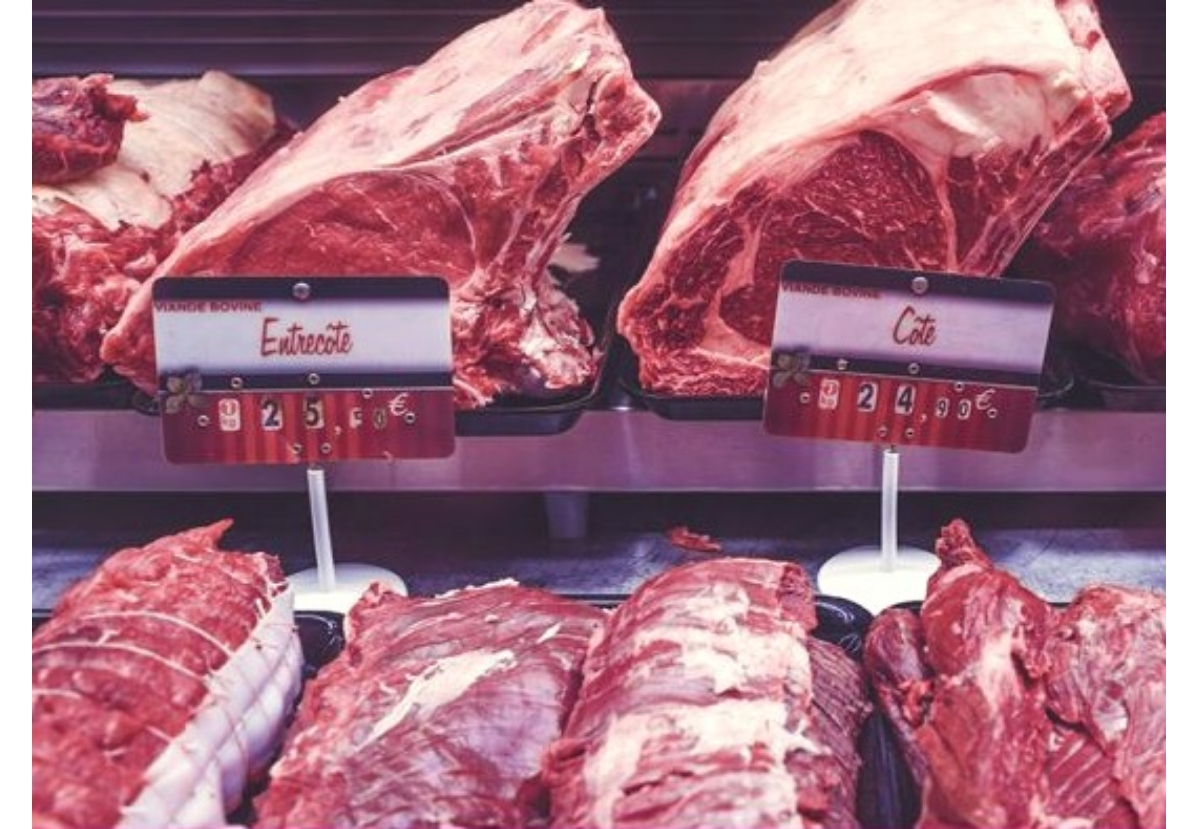27/11/2024
Understanding Omega 3 Fatty Acids: Their Benefits for Dogs and Cats
Sources of Omega-3 Fatty Acids
Alpha-linolenic acid (ALA): Alpha-linolenic acid is a precursor to the longer chain omega-3 fatty acids eicosapentaenoic acid and docosahexaenoic acid (EPA and DHA, respectively) and requires enzymatic conversion into these beneficial fatty acids. This fatty acid is primarily a plant-based omega-3 fatty acids found in sources like flaxseed, canola oil, and chia seeds.1
Eicosapentaenoic acid (EPA) and docosahexaenoic acid (DHA): EPA and DHA are long-chain omega-3 fatty acids primarily found in marine sources such as fish oil, krill oil, and algae.2,6 They are considered essential because pets cannot synthesize them in sufficient quantities from shorter-chain omega-3 fatty acids, such as ALA (alpha-linolenic acid).7 Both EPA and DHA play significant roles in reducing inflammation, supporting heart health, modulating the immune system, aiding in cognitive function, and promoting healthy skin and coat .8 Essential for proper neurological development and function, DHA is essential for growing puppies and kittens and an important nutrient for aging pets.10 It is also a critical structural component of the brain, retina, and nervous system.9
Why EPA and DHA Specifically Take the Spotlight
While ALA is beneficial, dogs and cats have limited abilities to convert it efficiently into EPA and DHA, the biologically active forms of omega-3 fatty acids.3 This is due to the low activation of an enzyme delta-6 (Δ-6) desaturase in dogs that is almost nonexistent in cats.4-5 Therefore, providing EPA and DHA directly through their diet is crucial for optimal health in puppies and kittens and can beneficial for adult animals as well.
Health Benefits of EPA and DHA
Anti-Inflammatory Effects
Chronic inflammation is a common underlying factor that can be created by stress, diet, obesity, intestinal dysbiosis, arthritis, allergies, and inflammatory bowel disease, which in turn can be caused by stress, diet, obesity, and/or intestinal dysbiosis.12,11 By incorporating EPA and DHA into the diet, dogs and cats may experience reduced inflammation, leading to decreased pain and better overall health.13
Joint Health
Osteoarthritis is estimated to affect up to 20% of dogs over the age of one, and in cats, it's estimated that 61% over the age of six will be affected.14-15 Although osteoarthritis commonly develops in older, overweight cats and dogs, it can affect cats and dogs of all ages, sizes, and breeds. Supplementation with EPA and DHA can help reduce the production of inflammatory cytokines and enzymes that break down cartilage.16-17 Supplementing with EPA and DHA may alleviate symptoms of arthritis, improve joint function, and enhance the quality of life for older dogs and cats or those with joint problems.
Cardiovascular Health
In canine and feline models, DHA and EPA have been shown to reduce the occurrence of ventricular arrhythmias, a common issue in various cardiac diseases.18 Their benefit is the stabilization of heart muscle cell membranes, this stabilization helps to prevent irregular heartbeats. Additionally, these omega-3 fatty acids reduce the levels of pro-inflammatory molecules, which can promote irregular hearbeats.19 They also help by maintaining smooth blood flow and preventing the formation of blood clots (thrombosis). In addition, omega-3 fatty acids, particularly DHA and EPA, enhance the production of nitric oxide in humans.20 This molecule promotes the widening of blood vessels, leading to improved blood flow.
Skin and Coat Health
Dogs and cats with skin conditions, allergies, or dry, flaky skin can benefit significantly from EPA and DHA. Omega-3s help reduce the production of inflammatory molecules in the body, potentially improving skin conditions like allergies, dermatitis, or other inflammatory skin conditions.21 Inflammation can damage the skin barrier, leading to increased water loss and dry skin. The skin also produces natural oils that coat the hair, providing shine and protection. Omega-3 fatty acids help regulate the production of these oils, resulting in a shiny, healthy coat.22 Regular supplementation can lead to visible improvements in the skin and coat condition.
Cognitive Function
In puppies and kittens, adequate DHA levels are needed for proper brain development by promoting the growth of new neurons (neurogenesis) and the formation of synapses (synaptogenesis), both of which are necessary for learning and memory.23,24,25 For adult pets undergoing training or engaging in new activities, omega-3 fatty acids can enhance their capacity to retain and learn new information.26
As pets age, they may experience cognitive decline, akin to the cognitive changes seen in humans. This condition in pets is known as Cognitive Dysfunction Syndrome and is a neurodegenerative disorder that affects older dogs and cats. This disease is marked by a gradual decline in memory, learning, and awareness.27 Omega-3 fatty acids can help slow the progression of age-related cognitive disorders and regular intake of EPA and DHA may alleviate symptoms of cognitive dysfunction syndrome, in these pets, potentially improving their quality of life.28
Vision Health
As a major component of the retina, the part of the eye responsible for capturing light and sending visual signals to the brain, DHA aids in the development of vision.29 Proper visual acuity is essential for a young animal's ability to interact with its environment and to learn from visual cues. Supplementation of EPA and DHA help preserve vision by supporting the health of the nervous system and reducing inflammation, ensuring your pets remain alert and engaged with their environment.
Dosage and Considerations
While EPA and DHA offer numerous health benefits for dogs and cats, it is important to ensure proper dosage and consider individual needs. Here are some key points to keep in mind:
Consult with a Veterinarian: Before adding any additional omega-3 fatty acids to a pet's diet, consult with an animal nutritionists or veterinarian. They can assess a pet's specific needs, recommend appropriate dosages, and monitor for any potential side effects.
Quality and Purity: When choosing supplements, opt for high-quality products that undergo rigorous testing for purity and potency. Look for supplements that are free from contaminants such as heavy metals and toxins. Reach out to brands and request that they provide third-party testing results to ensure the safety and efficacy of their products.
Dosage Guidelines and Adjustments: The appropriate dosage of EPA and DHA varies based on factors such as a pet's size, age, and health condition. Since these guidelines can vary, it is essential to follow a veterinarian's or nutritionist's recommendations. After starting a pet on EPA and DHA supplements, monitor their response and adjust as needed. Some pets may require higher or lower dosages depending on their individual needs. Regular check-ups with a veterinarian can help ensure a pet is receiving the optimal amount of these essential fatty acids.
Conclusion
EPA and DHA are vital components of a balanced diet for dogs and cats, young and old alike. These essential omega-3 fatty acids offer a wide range of health benefits, including anti-inflammatory effects, improved joint health, cardiovascular support, and enhanced cognitive function. Ensuring an adequate intake of EPA and DHA can lead to improved health outcomes, supporting both the physical and mental well-being of dogs and cats at all life stages.
By: Dr. Katy Miller, DVM, CVFT, CVNAN, CPFFCP, PCQI, PAS
Source: BSM Partners
References
Lenox, CE. 2016. Role of dietary fatty acids in dogs & cats. Today Vet. Pract. 6(5):83-90.
Kleiner, AC, Cladis, DP, Santerre, CR. 2015. A comparison of actual versus stated label amounts of EPA and DHA in commercial omega‐3 dietary supplements in the United States. J. Sci. Food Agr. 95(6):1260-1267. Doi:1002/jsfa.6816
Bauer, JJE. 2008. Essential fatty acid metabolism in dogs and cats. Revista Brasileira de Zootecnia. 37:20-27. Doi:10.1590/S1516-35982008001300004
Bauer JE. 2006. Metabolic basis for the essential nature of fatty acids and the unique dietary fatty acid requirements of cats. J. Am. Vet. Med. Assoc. 229:1729–1732. Doi:10.2460/javma.229.11.1729
Filburn CR, Griffin D. 2005. Canine plasma and erythrocyte response to a docosahexaenoic acid-enriched supplement: Characterization and potential benefits. Vet Ther. 6:29-42.
Ryckebosch, E, Bruneel, C, Muylaert, K, Foubert, I. 2012. Microalgae as an alternative source of omega‐3 long chain polyunsaturated fatty acids. Lipid Technol. 24(6):128-130. Doi:10.1002/lite.201200197
Lenox, CE. 2015. Timely topics in nutrition: an overview of fatty acids in companion animal medicine. J. Am. Vet. Med. Assoc. 246(11):1198-1202. Doi:10.2460/javma.246.11.1198
Magalhaes, TR, Lourenco, AL, Gregorio, H, Queiroga, FL. 2021. Therapeutic effect of EPA/DHA supplementation in neoplastic and non-neoplastic companion animal diseases: A systematic review. In Vivo. 35(3):1419-1436. Doi:10.21873/invivo.12394
Salem Jr, N, Litman, B, Kim, HY, Gawrisch, K. 2001. Mechanisms of action of docosahexaenoic acid in the nervous system. Lipids. 36(9):945-959. Doi:10.1007/s11745-001-0805-6
Waldron, MK, Spencer, AL, Bauer, JE. 1998. Role of long-chain polyunsaturated n-3 fatty acids in the development of the nervous system of dogs and cats. J. Am. Vet. Med. Assoc. 213(5):619-622. Doi:10.2460/javma.1998.213.05.619
Furman, D, Campisi, J, Verdin, E, Carrera-Bastos, P, Targ, S, Franceschi, C, Ferrucci, L, Gilroy, DW, Fasano, A, Miller, GW, Miller, AH, Mantovani, A, Weyand, CM, Barzilai, N, Goronzy, JJ, Rando, TA, Effros, RB, Lucia, A, Kleinstreuer, N, & Slavich, GM. 2019. Chronic inflammation in the etiology of disease across the life span. Nature Med. 25(12):1822-1832. Doi:10.1038/s41591-019-0675-0
Bauer, JE. 2011. Therapeutic use of fish oils in companion animals. J. Am. Vet. Med. Assoc. 239(11):1441-1451. Doi:10.2460/javma.239.11.1441
Kaur, Haneet, Singla, A, Singh, S, Shilwant, S, & and Kaur, R. 2020. Role of omega-3 fatty acids in canine health: A review. Intern. J. Current Microbiol. Appl. Sci. 9(3):2283-2293 Doi:10.20546.ijcmas.2020.903.259
Johnston SA. 1997. Osteoarthritis. Joint anatomy, physiology, and pathobiology. Vet. Clin. N. Am. Small Anim. Pract. 27:699–723. Doi:10.1016/S0195-5616(97)50076-3
Bennett, David, Siti Mariam bt Zainal Ariffin, and Pamela Johnston. 2012. Osteoarthritis in the cat: 1. How common is it and how easy to recognise? J. Feline Med. Surg. 14(1):65-75. Doi:10.1177/1098612X11432828
Adler, N, Schoeniger, A, Fuhrmann, H. 2018. Polyunsaturated fatty acids influence inflammatory markers in a cellular model for canine osteoarthritis. J. Anim. Physiol. Anim. Nutr. 102(2):e623-e632. Doi:10.1111/jpn.12804
Curtis CL, Hughes CE, Flannery CR, Little, CB, Harwood, JL, & Caterson, B. 2000. n-3 fatty acids specifically modulate catabolic factors involved in articular cartilage degradation. J. Biol. Chem. 275:721–724. Doi:10.1074/jbc.275.2.721
Smith, CE, Freeman, LM, Rush, JE, Cunningham, SM, & Biourge, V. 2007. Omega‐3 fatty acids in Boxer dogs with arrhythmogenic right ventricular cardiomyopathy. J. Vet. Intern. Med. 21(2):265-273. Doi:10.1111/j.1939-1676.2007.tb02959.x
Goel, A, Pothineni, NV, Singhal, M, Paydak, H, Saldeen, T, & Mehta, JL. 2018. Fish, fish oils and cardioprotection: Promise or fish tale? Internat. J. Mol. Sci. 19(12):3703. Doi:10.3390/ijms19123703
Freeman, LM, Rush, JE, Markwell, PJ. 2006. Effects of dietary modification in dogs with early chronic valvular disease. J. Vet. Intern. Med. 20(5):1116-1126.
Doi:10.1111/j.1939-1676.2006.tb00709.x
Burron, S, Richards, T, Krebs, G, Trevizan, L, Rankovic, A, Hartwig, S, Pearson, W, Ma, DWL, & Shoveller, AK. 2024. The balance of n-6 and n-3 fatty acids in canine, feline and equine nutrition: exploring sources and the significance of alpha-linolenic acid. J. Anim. Sci. Doi:10.1093/jas/skae143
Combarros, D, Castilla-Castaño, E, Lecru, LA, Pressanti, C, Amalric, N, Cadiergues, MC. 2020. A prospective, randomized, double blind, placebo-controlled evaluation of the effects of an n-3 essential fatty acids supplement (Agepi® ω3) on clinical signs, and fatty acid concentrations in the erythrocyte membrane, hair shafts and skin surface of dogs with poor quality coats. Prostaglandins, Leukotrienes and Essential Fatty Acids. 159:102140. Doi:10.1016/j.plefa.2020.102140
Cao, D, Kevala, K, Kim, J, Moon, HS, Jun, SB, Lovinger, D, Kim, HY. 2009. Docosahexaenoic acid promotes hippocampal neuronal development and synaptic function. J. Neurochem. 111(2):510-521. Doi:10.1111/j.1471-4159.2009.06335.x
Zicker, SC, Jewell, DE, Yamka, RM, Milgram, NW. 2012. Evaluation of cognitive learning, memory, psychomotor, immunologic, and retinal functions in healthy puppies fed foods fortified with docosahexaenoic acid–rich fish oil from 8 to 52 weeks of age. J. Am. Vet. Med. Assoc. 241(5):583-594. Doi:10.2460/javma.241.5.583
Wu, G. 2024. Roles of nutrients in the brain development, cognitive function, and mood of dogs and cats. In Nutrition and Metabolism of Dogs and Cats (pp. 177-202). Cham: Springer Nature Switzerland. Doi:10.1007/978-3-031-54192-6_8
Hadley, KB, Bauer, J, Milgram, NW. 2017. The oil-rich alga Schizochytrium sp. as a dietary source of docosahexaenoic acid improves shape discrimination learning associated with visual processing in a canine model of senescence. Prostaglandins, Leukotrienes and Essential Fatty Acids. 118:10-18. Doi:10.1016/j.plefa.2017.01.011
Sordo, L, Gunn‐Moore, DA. 2021. Cognitive dysfunction in cats: update on neuropathological and behavioural changes plus clinical management. Vet. Rec. 188(1):e3. Doi:10.1002/vetr.3
Cupp, CJ, Jean-Philippe, C, Kerr, WW, Patil, AR, Perez-Camargo, G. 2006. Effect of nutritional interventions on longevity of senior cats. Intern. J. Appl. Res. Vet. Med. 5(3):133-149.
Uauy, R, Hoffman, DR, Peirano, P, Birch, DG, Birch, EE. 2001. Essential fatty acids in visual and brain development. Lipids. 36(9):885-895. Doi:10.1007/s11745-001-0798-1
